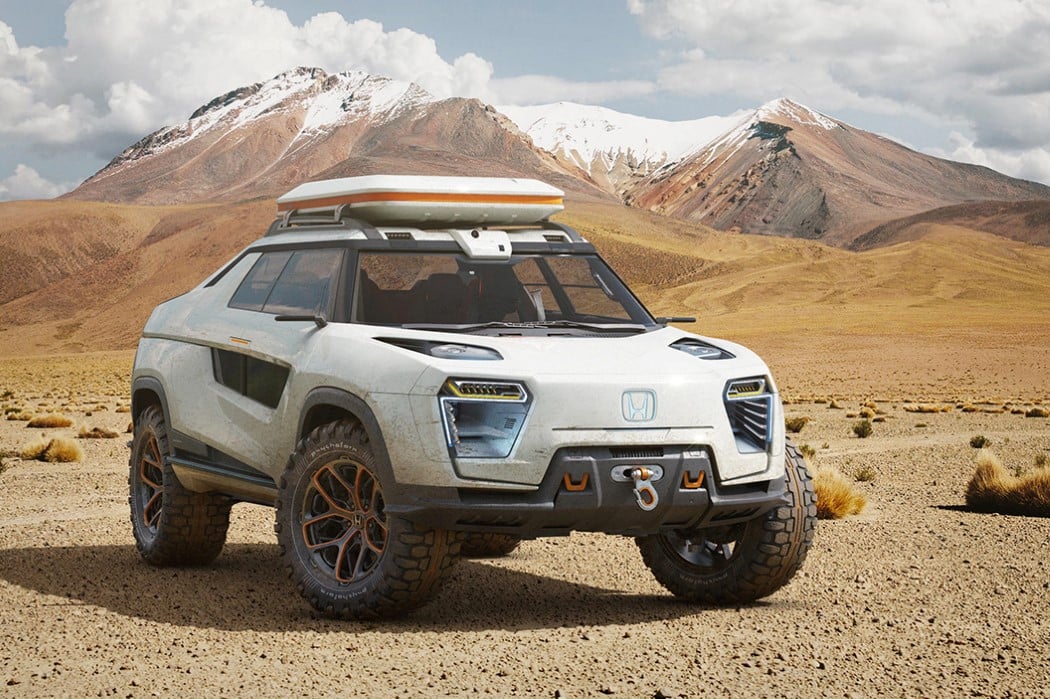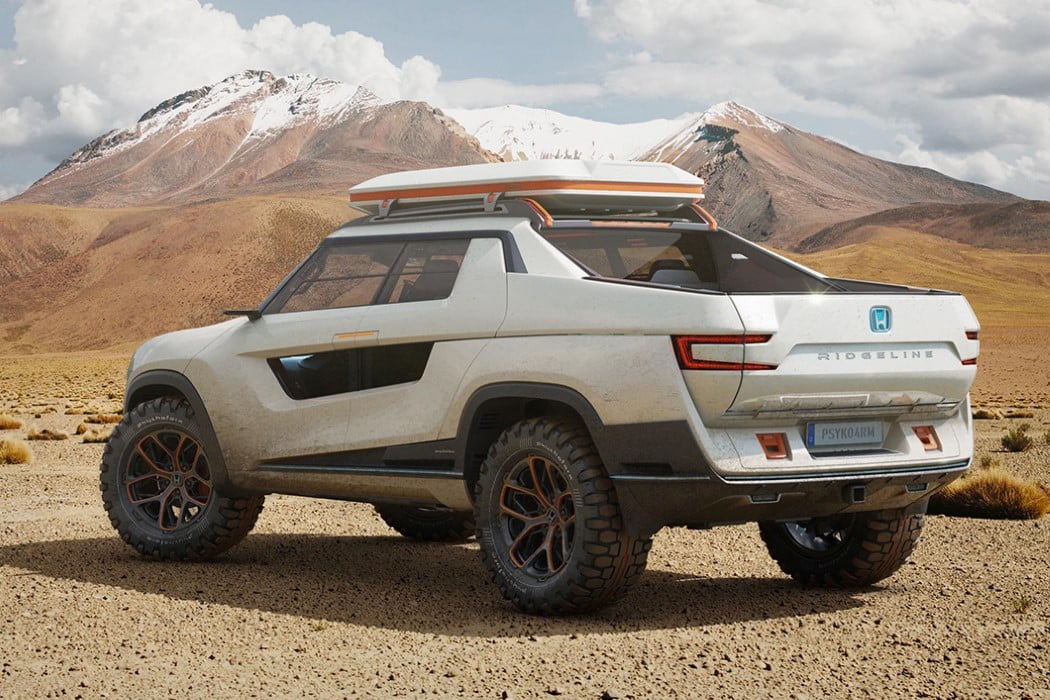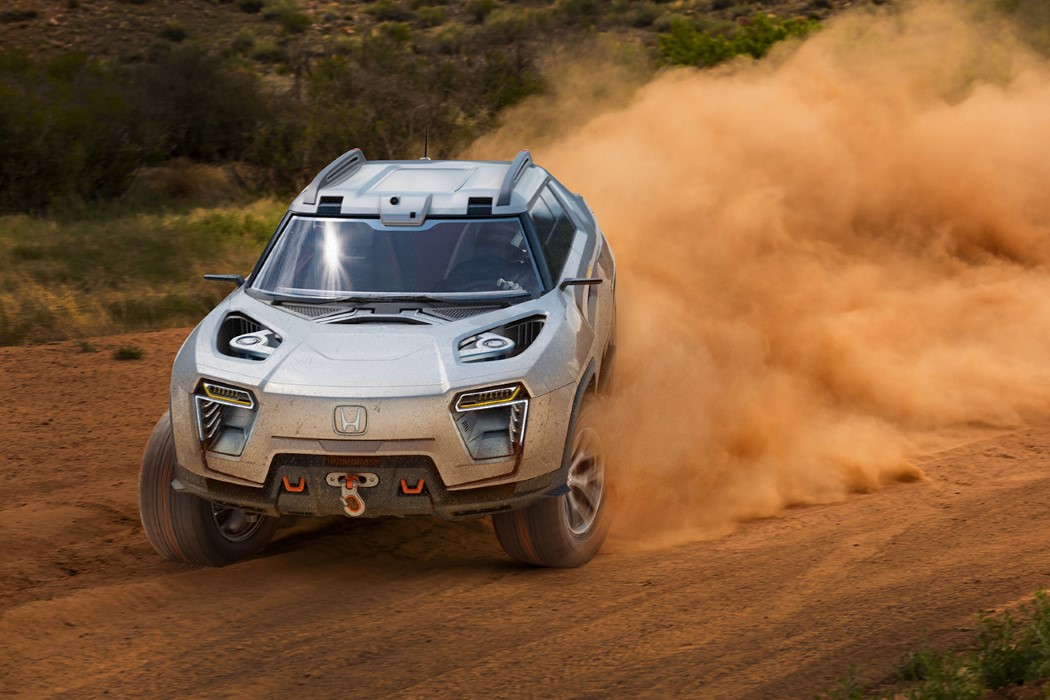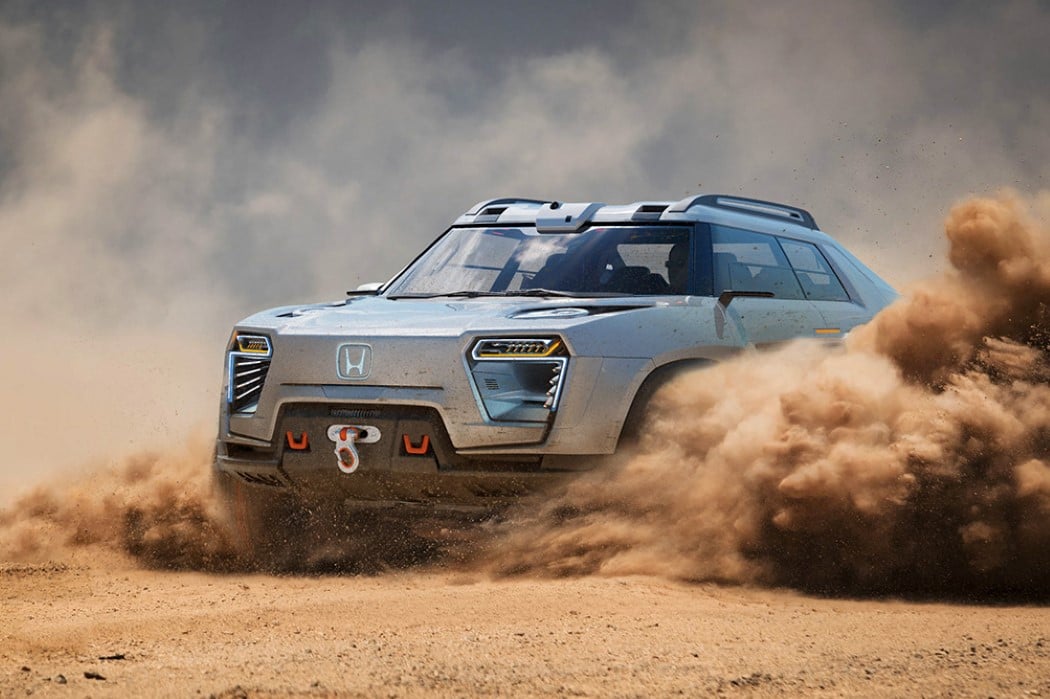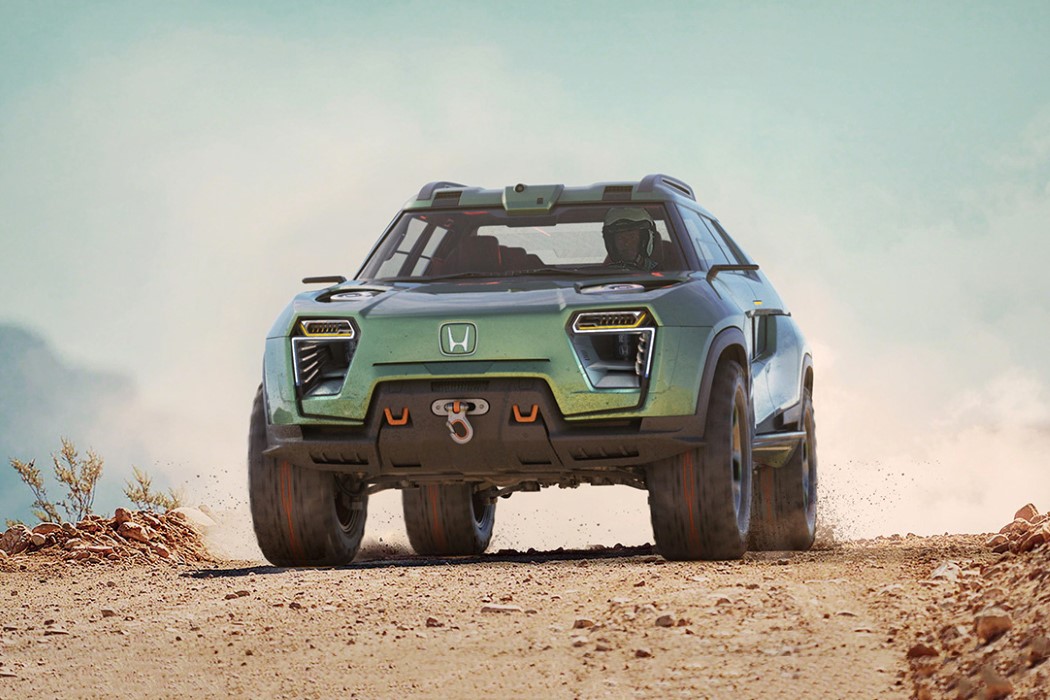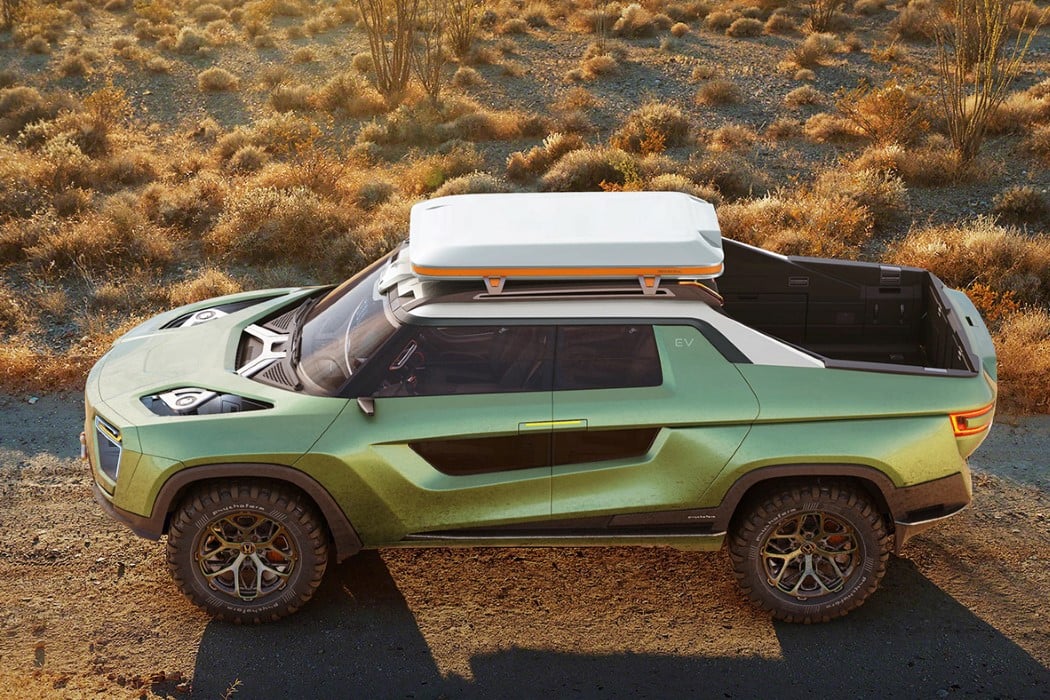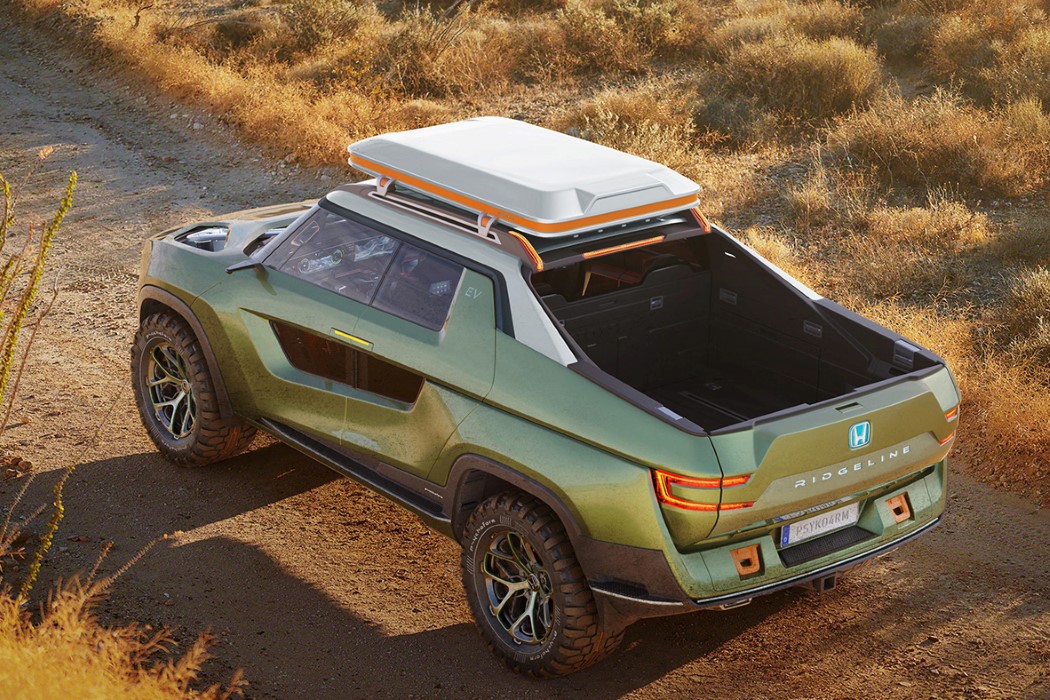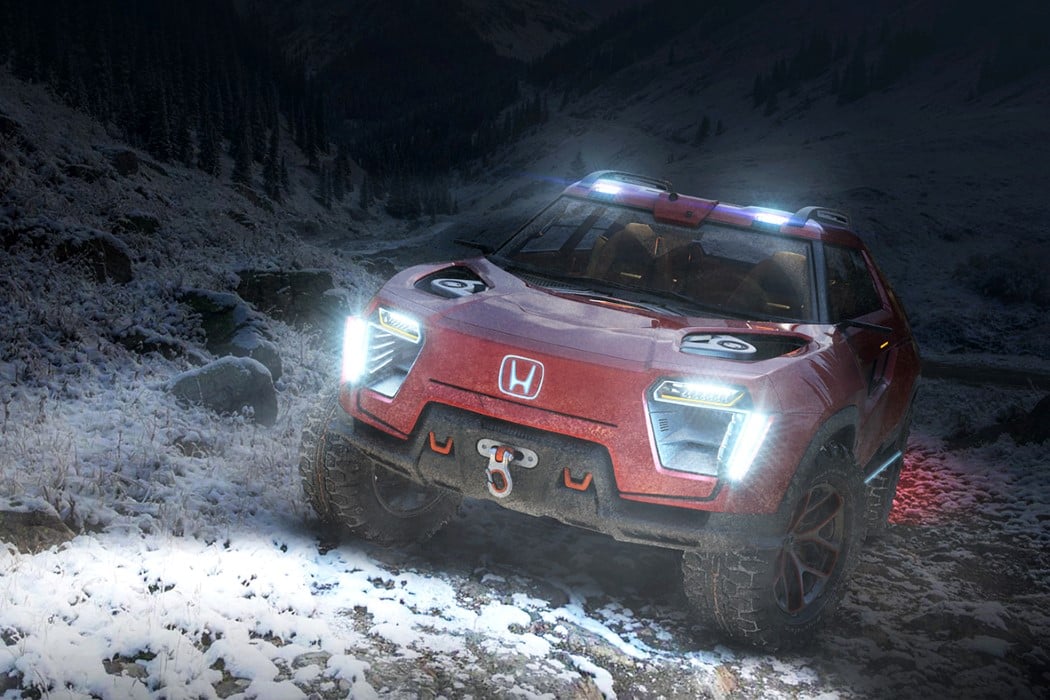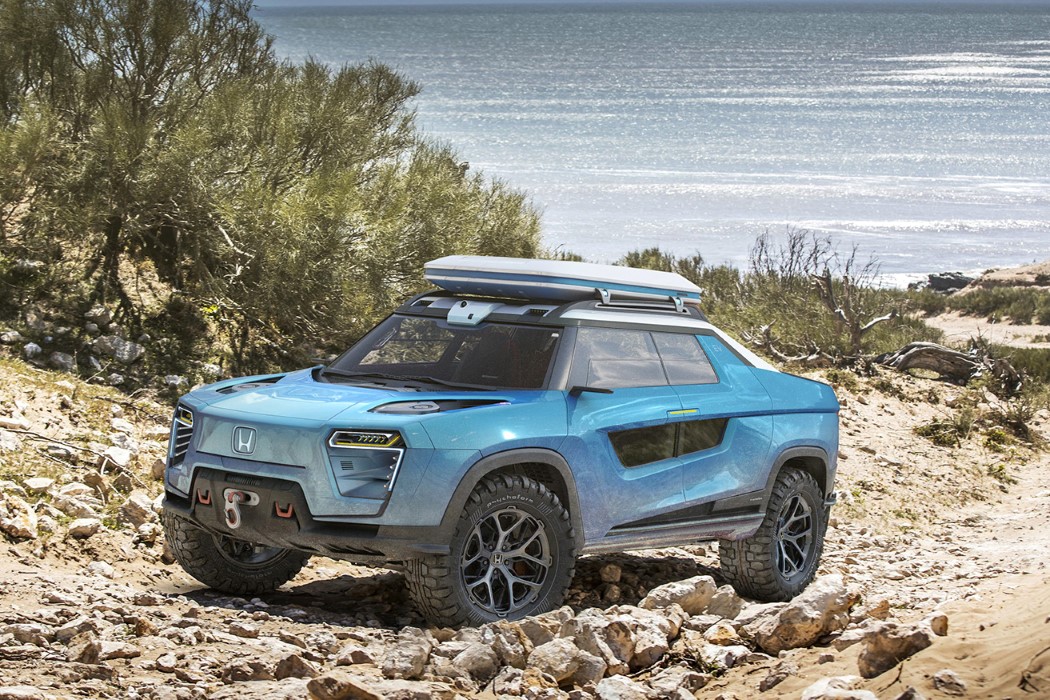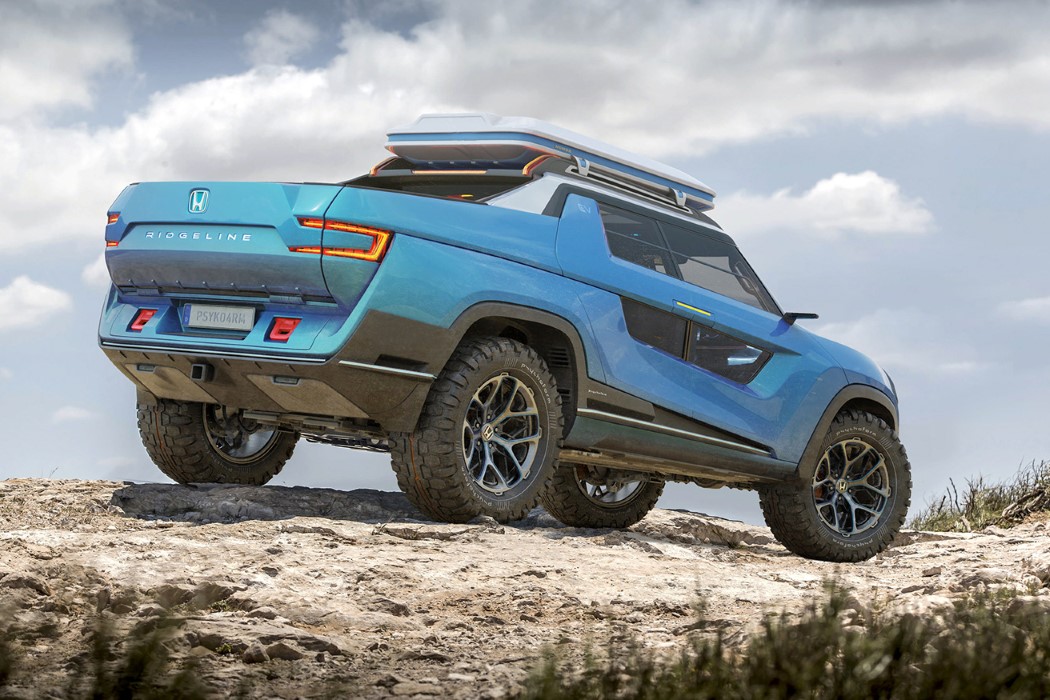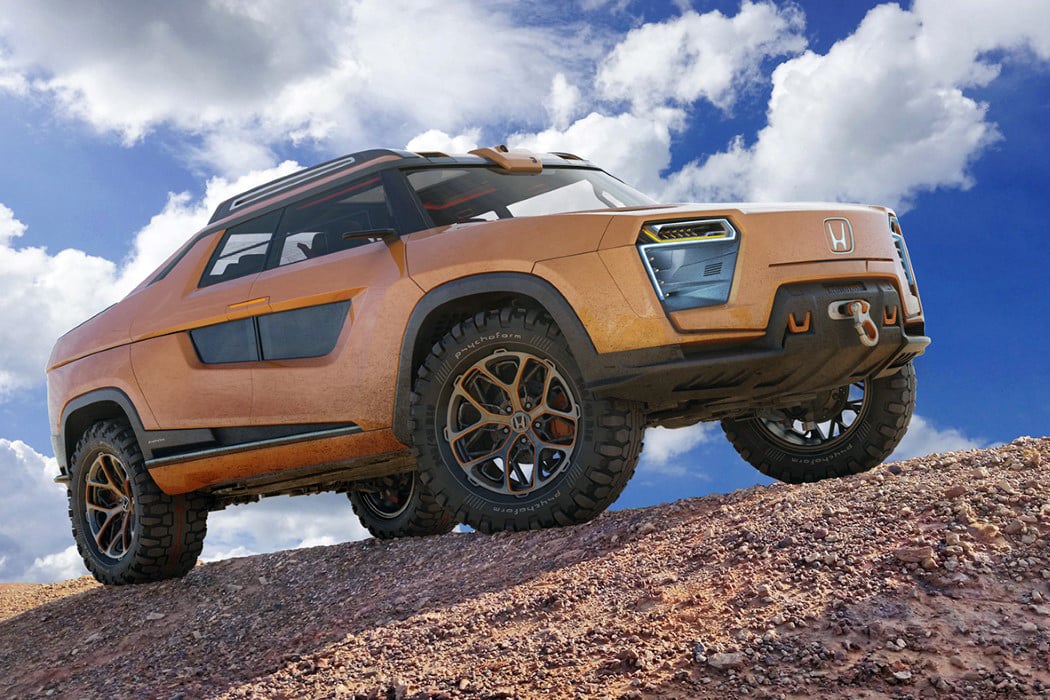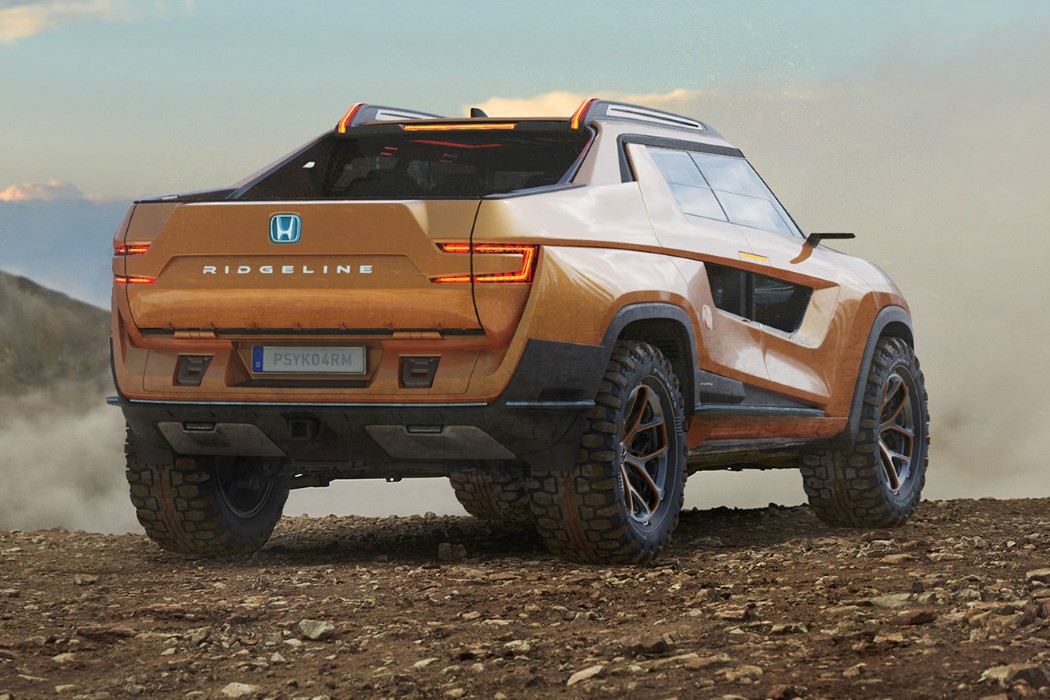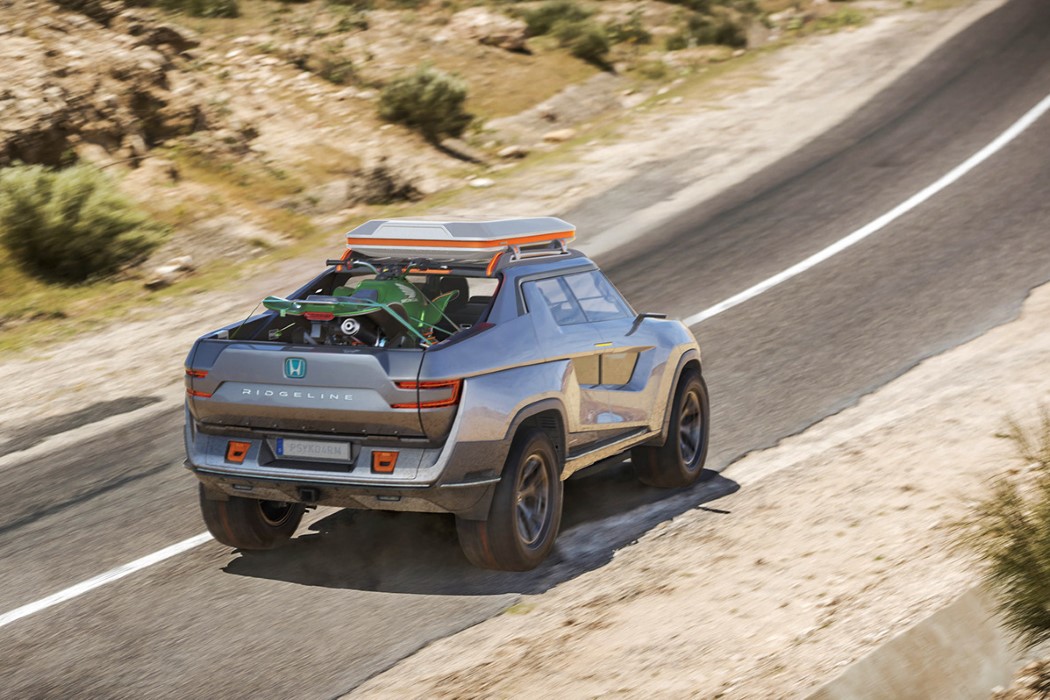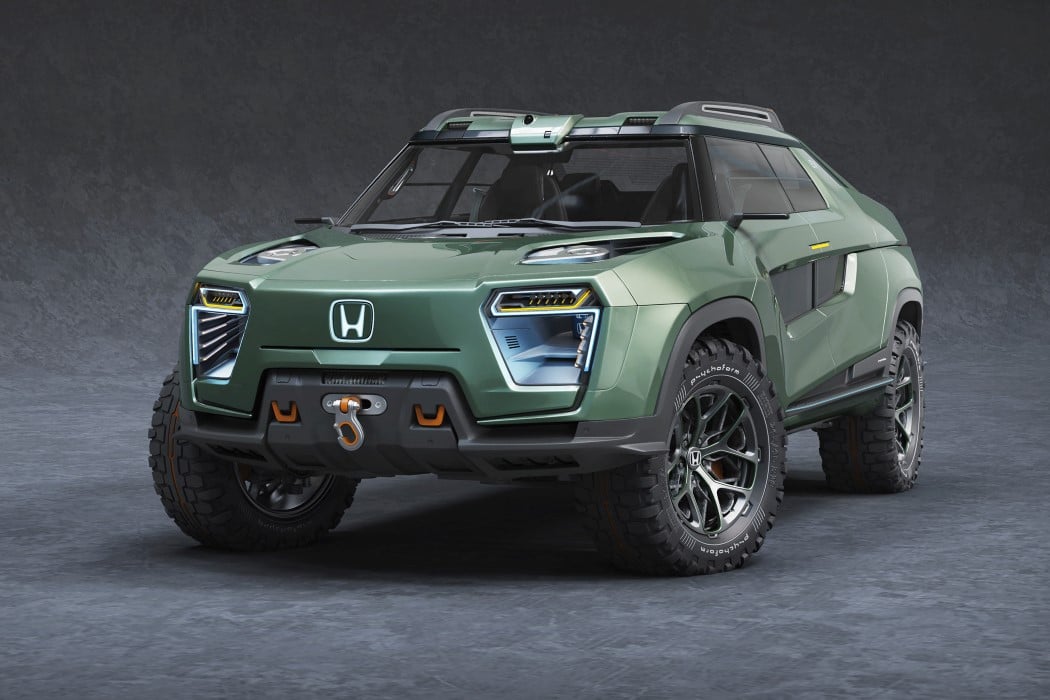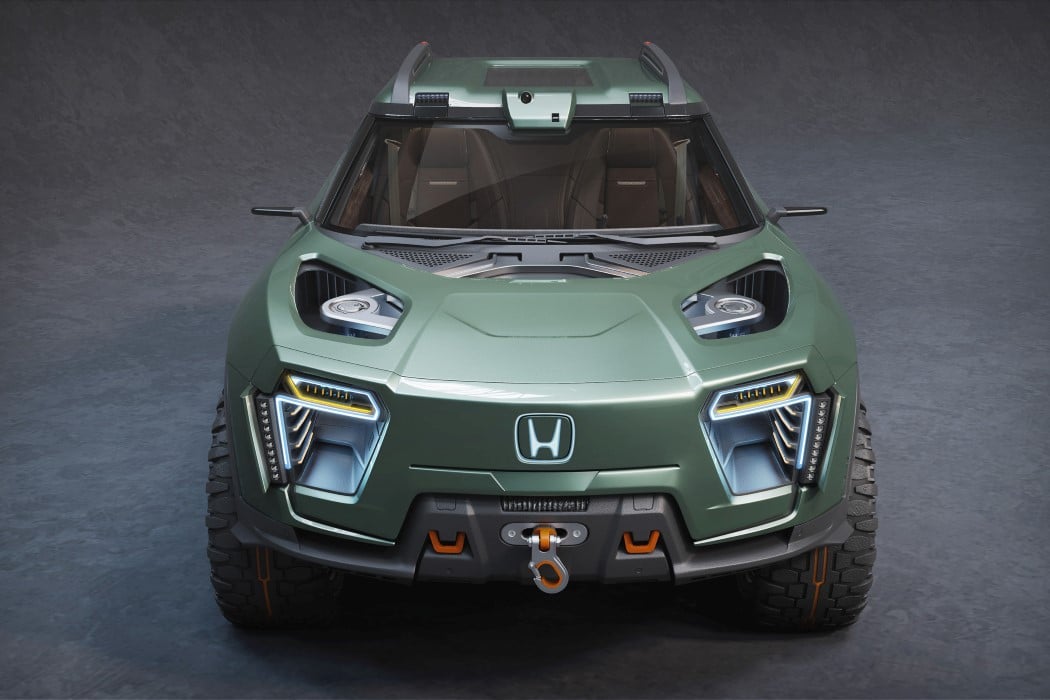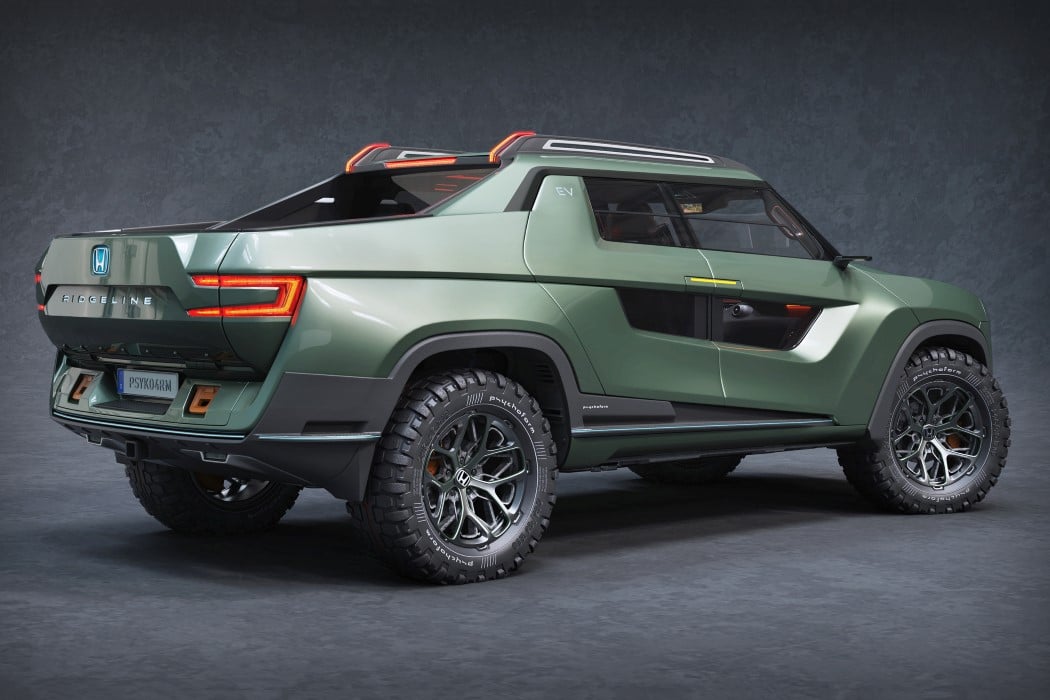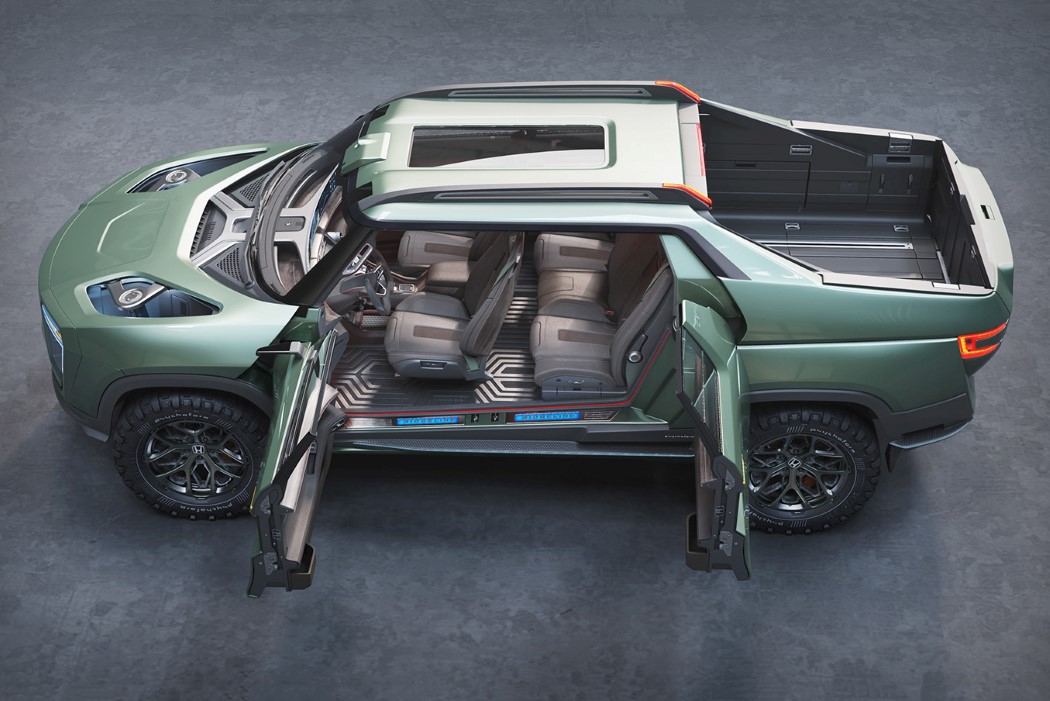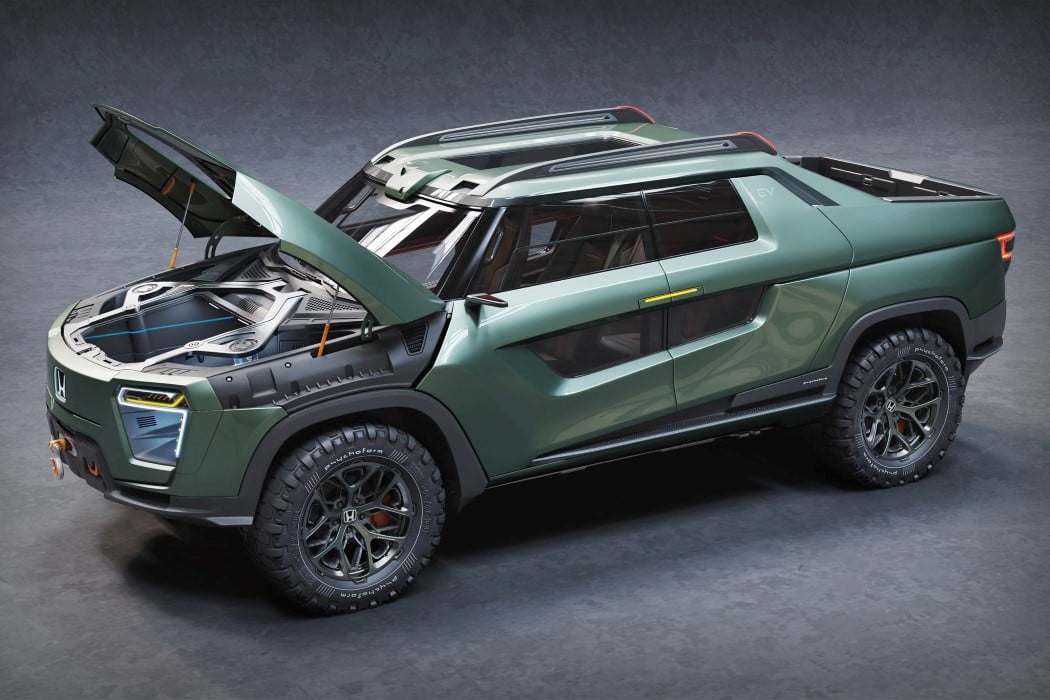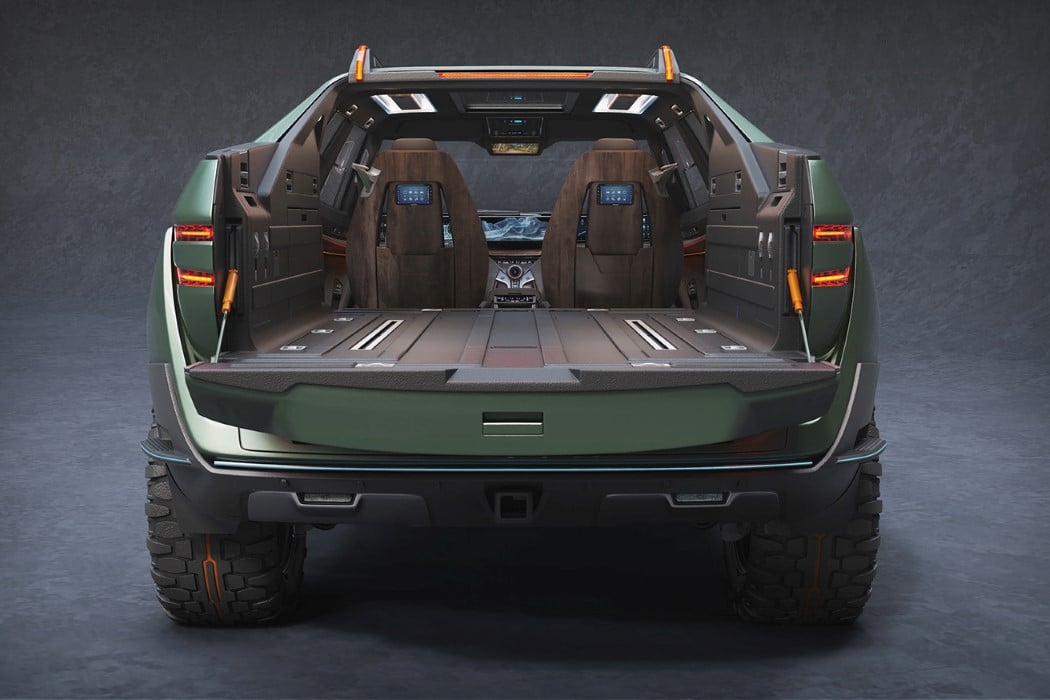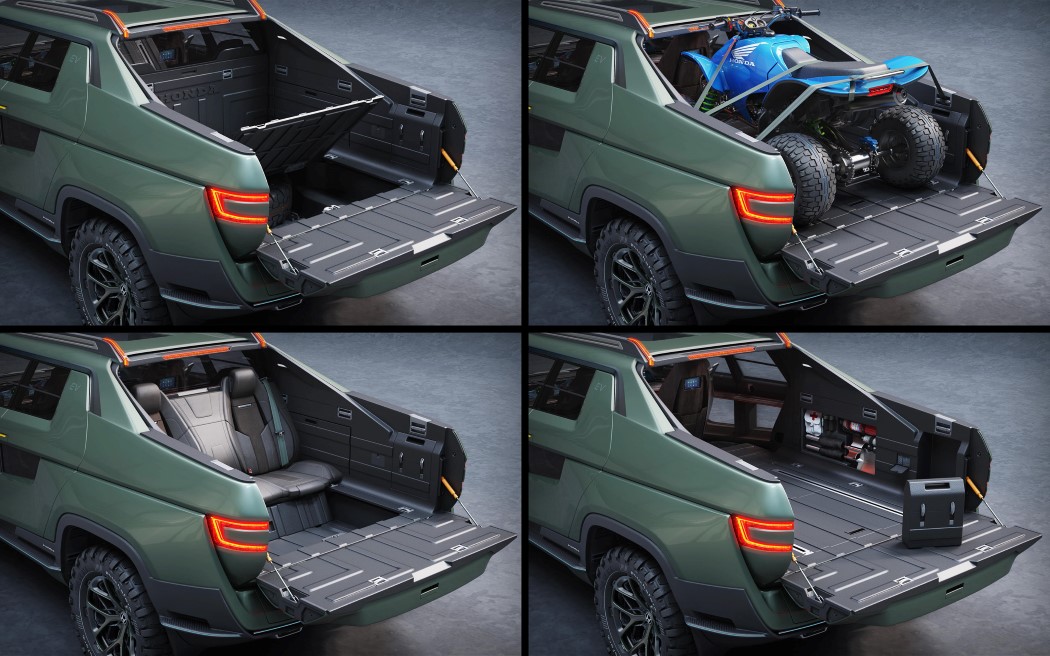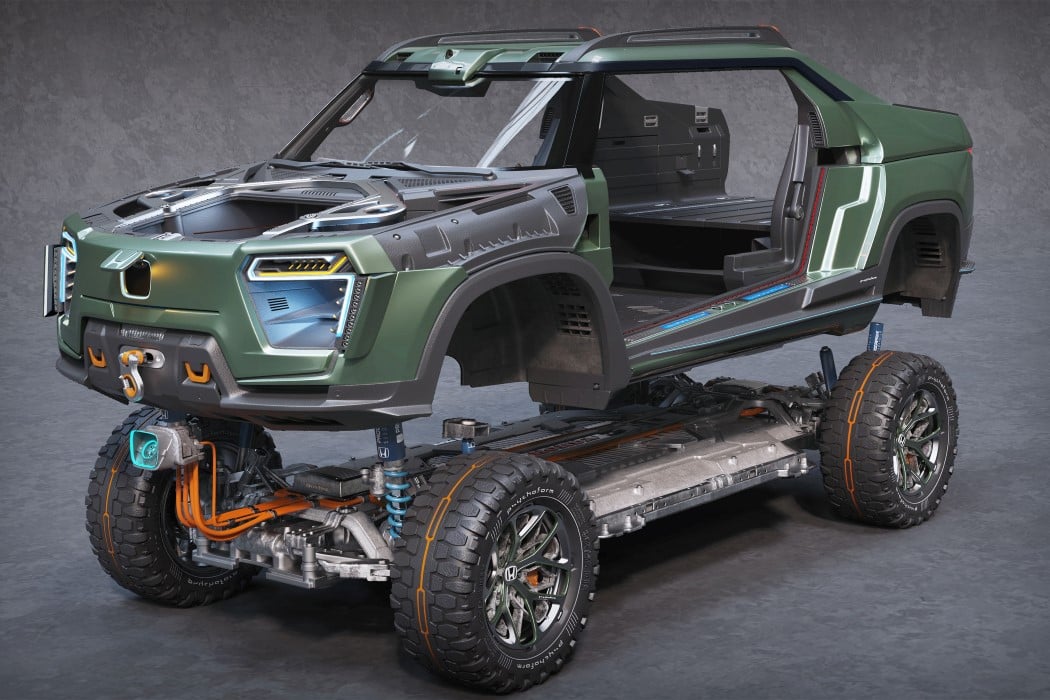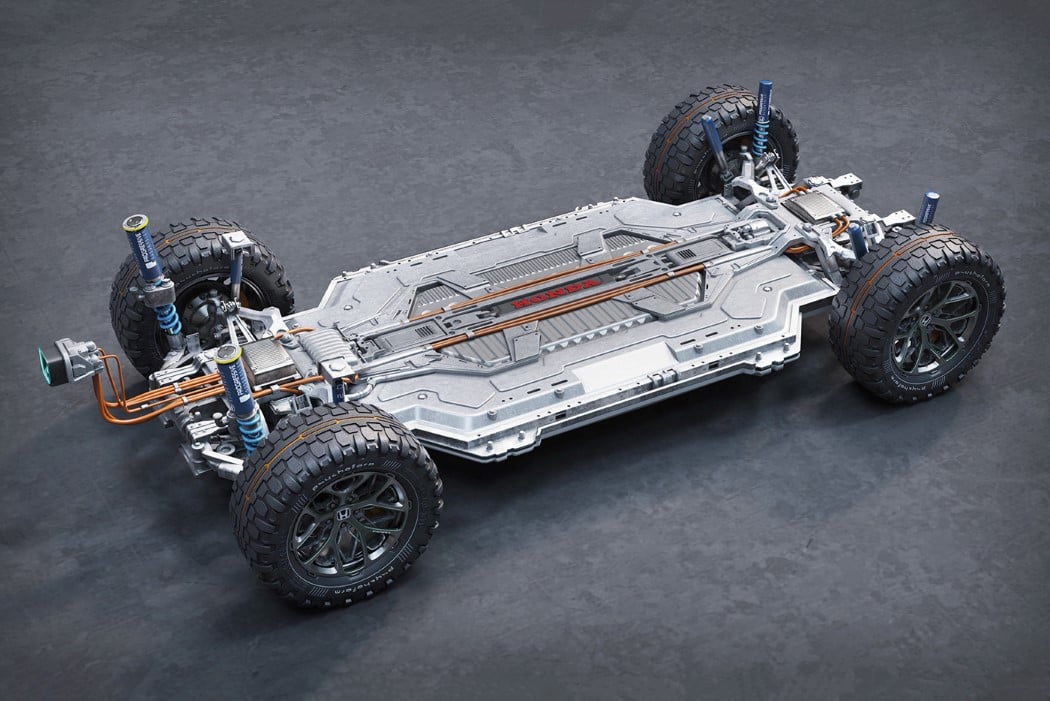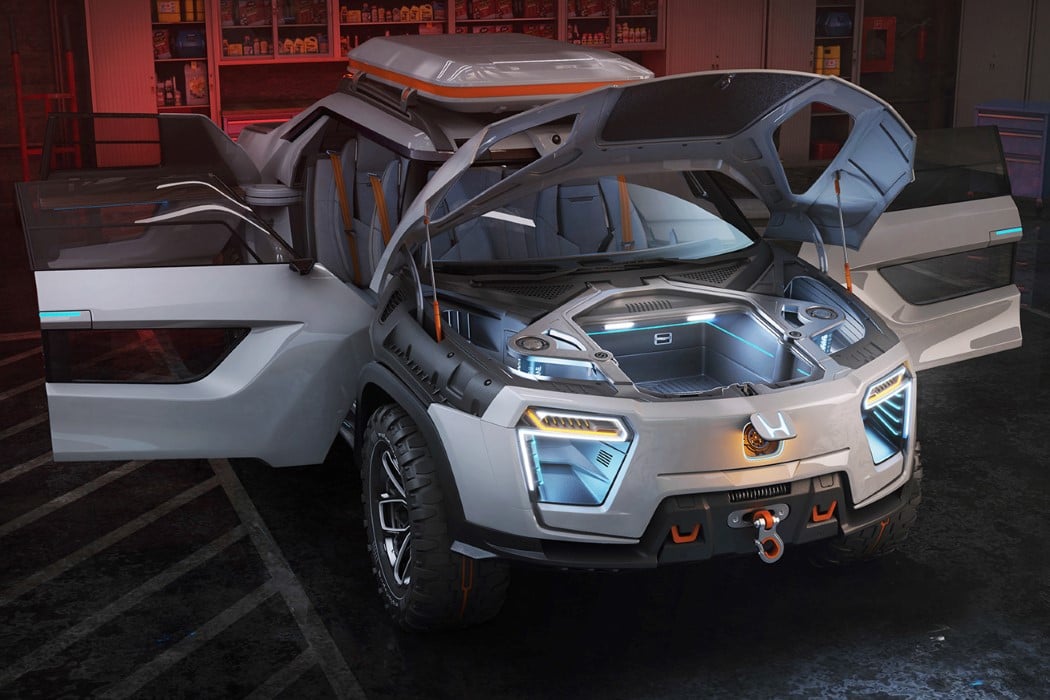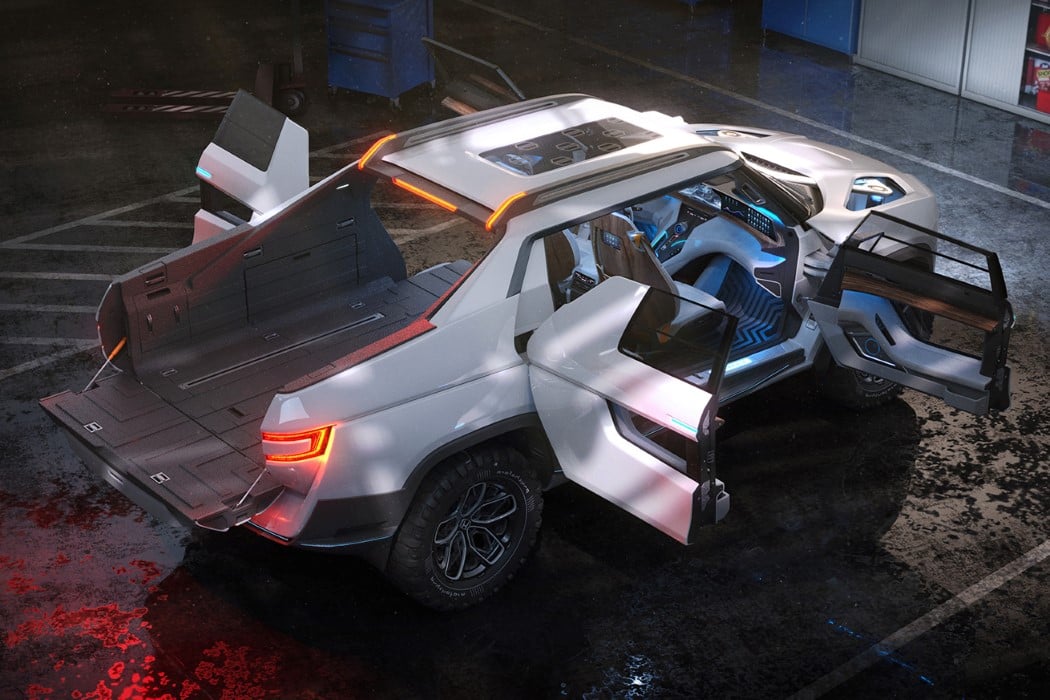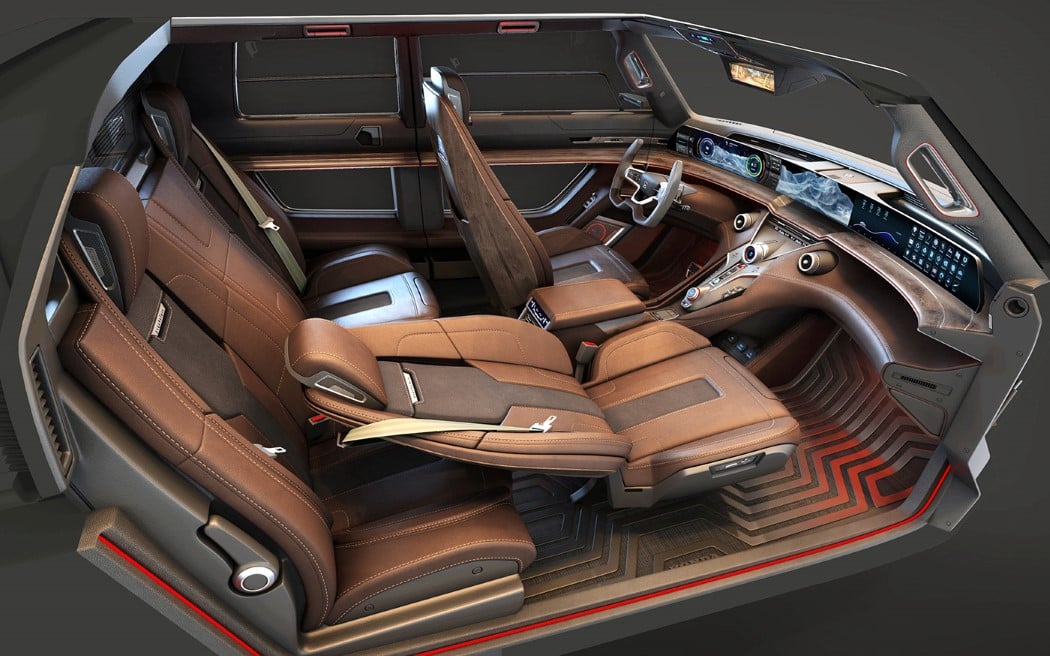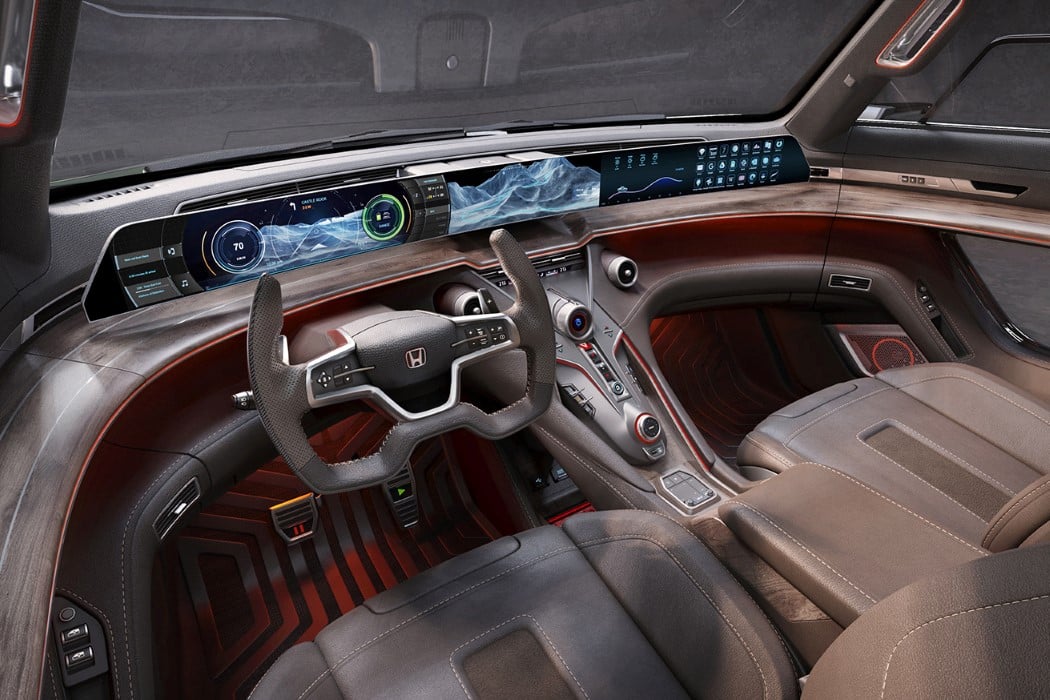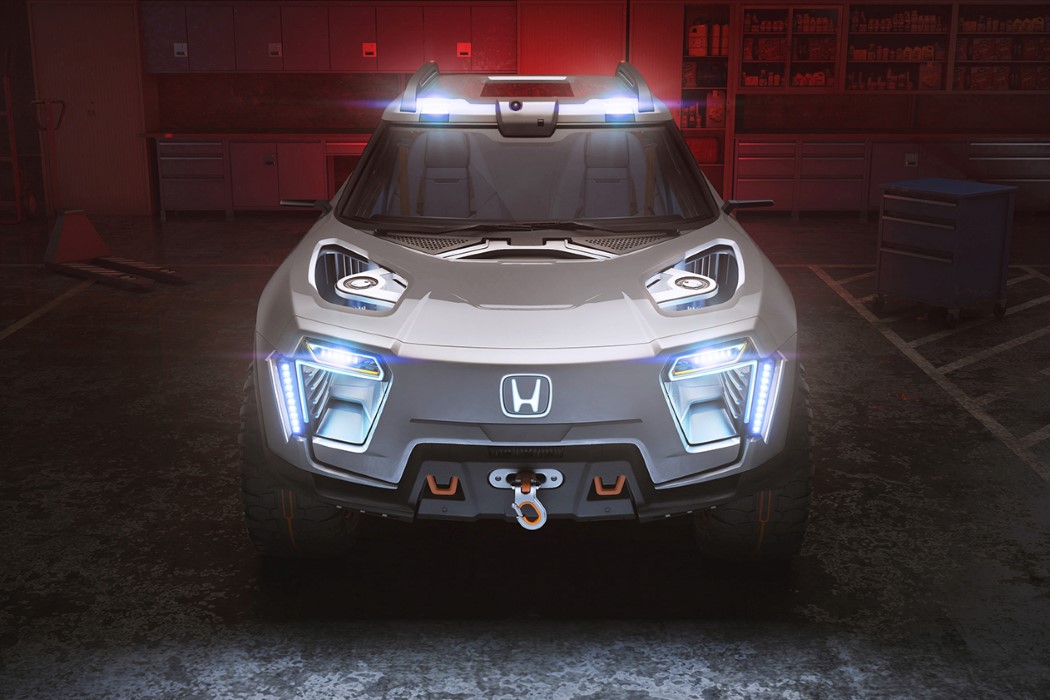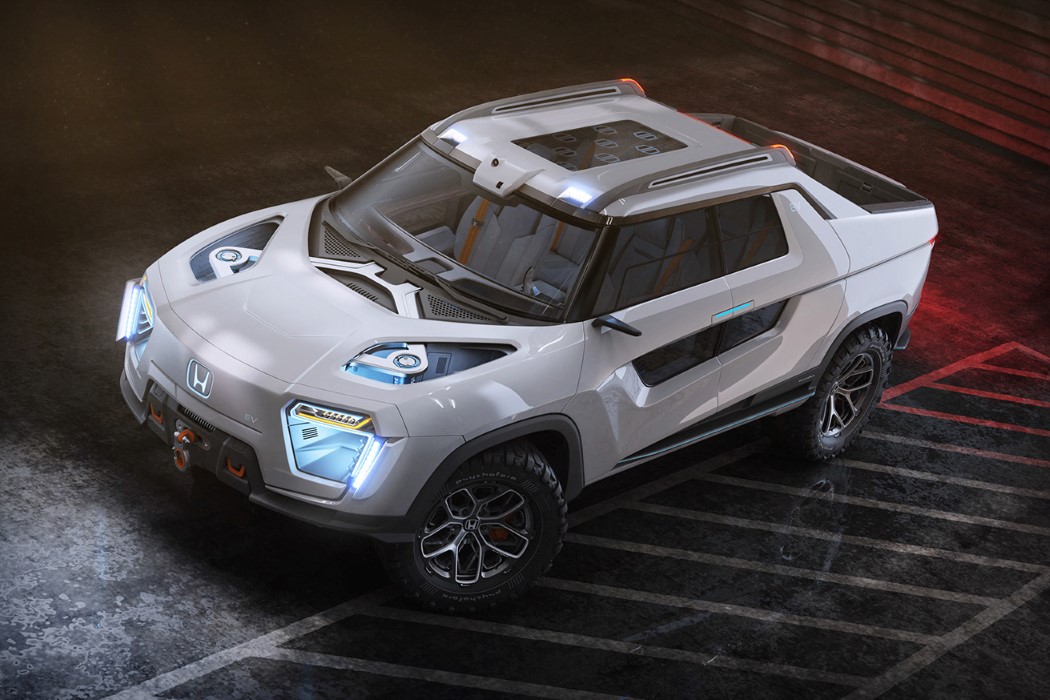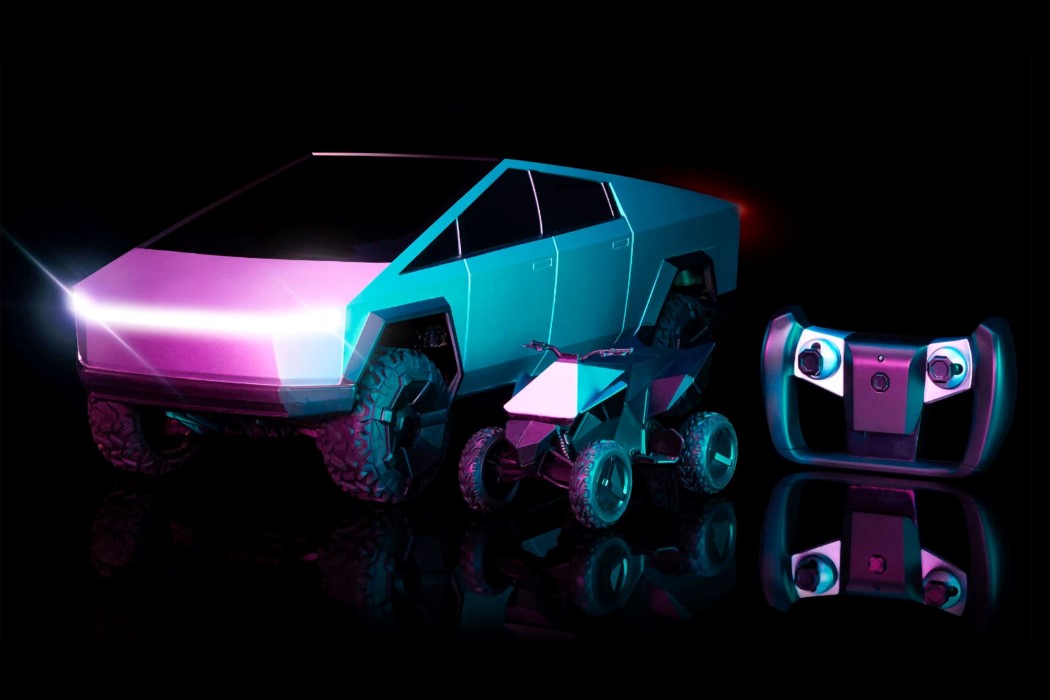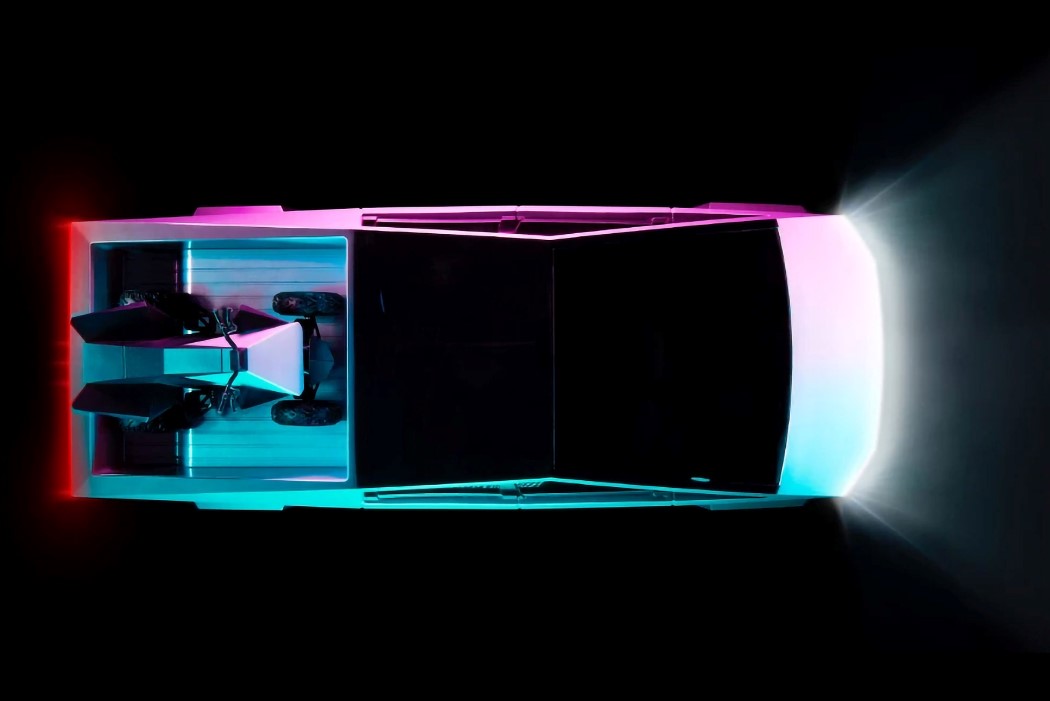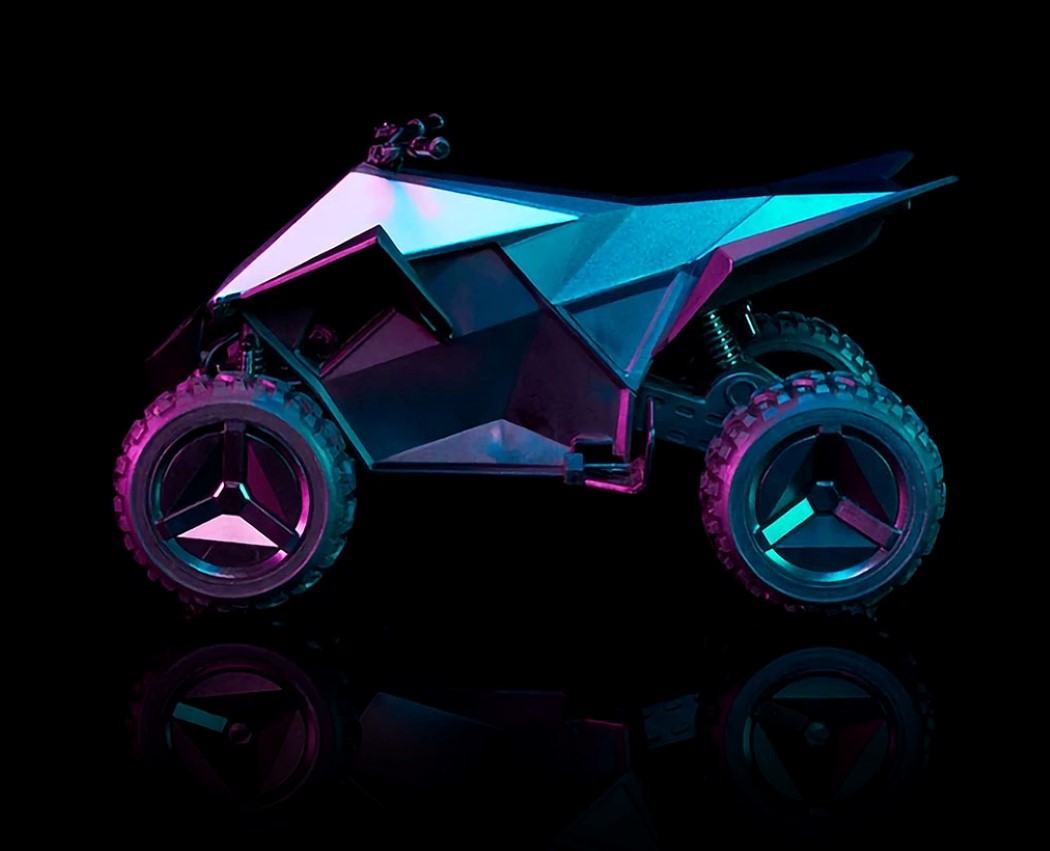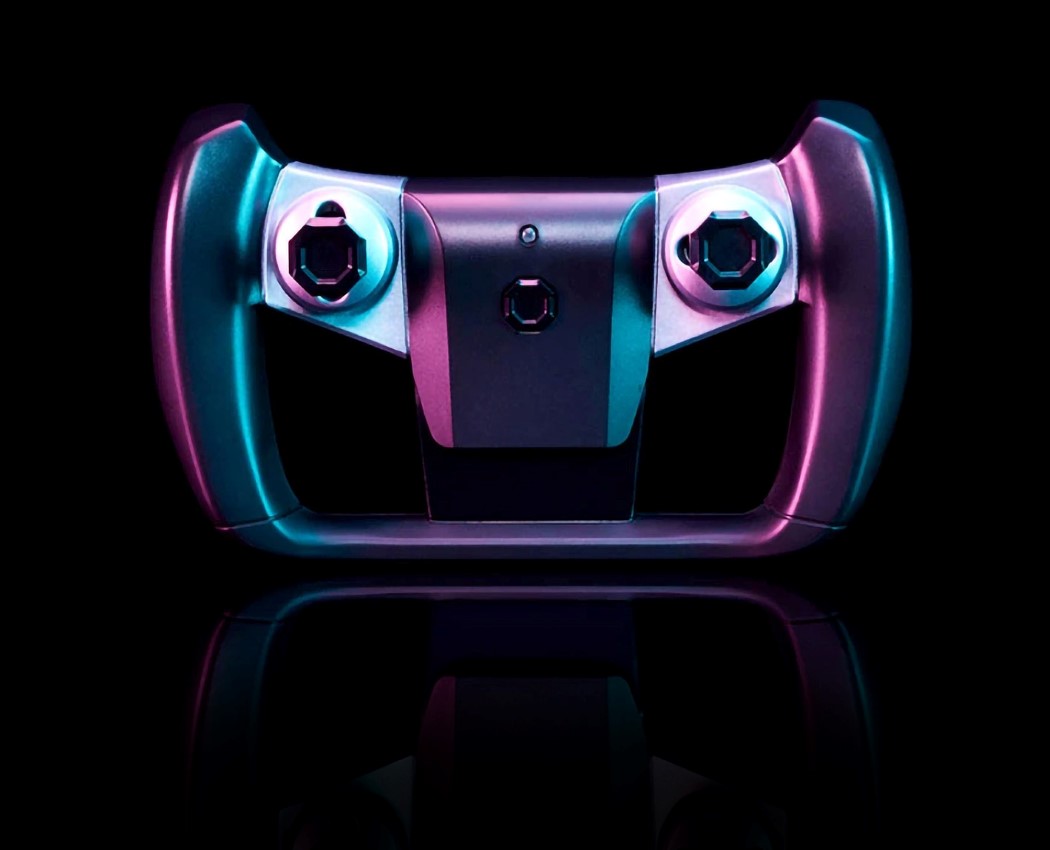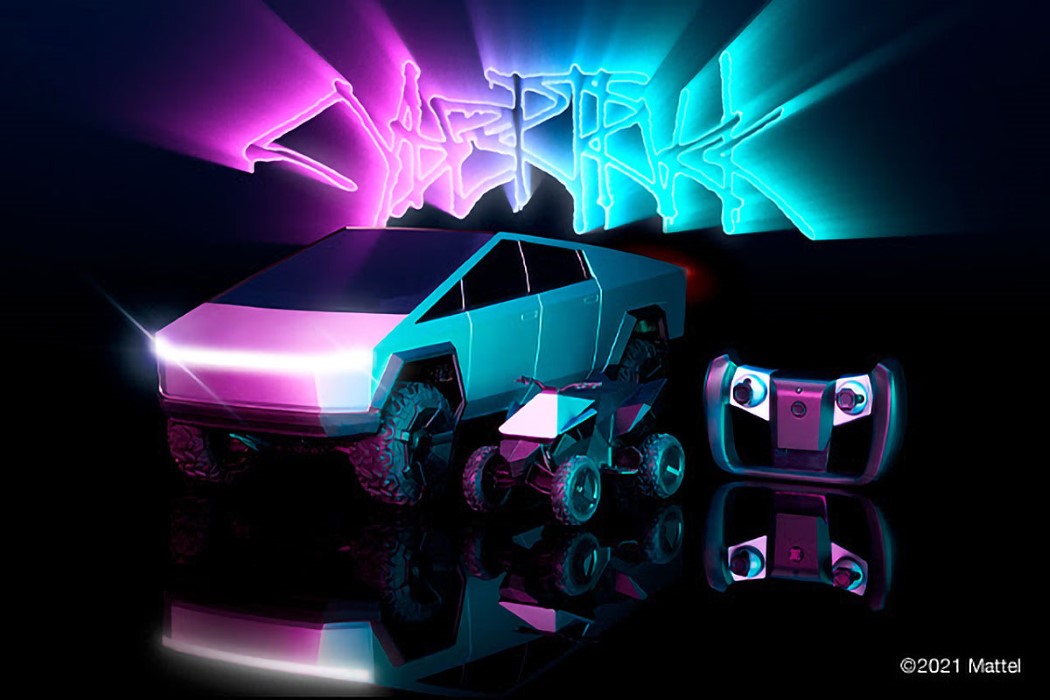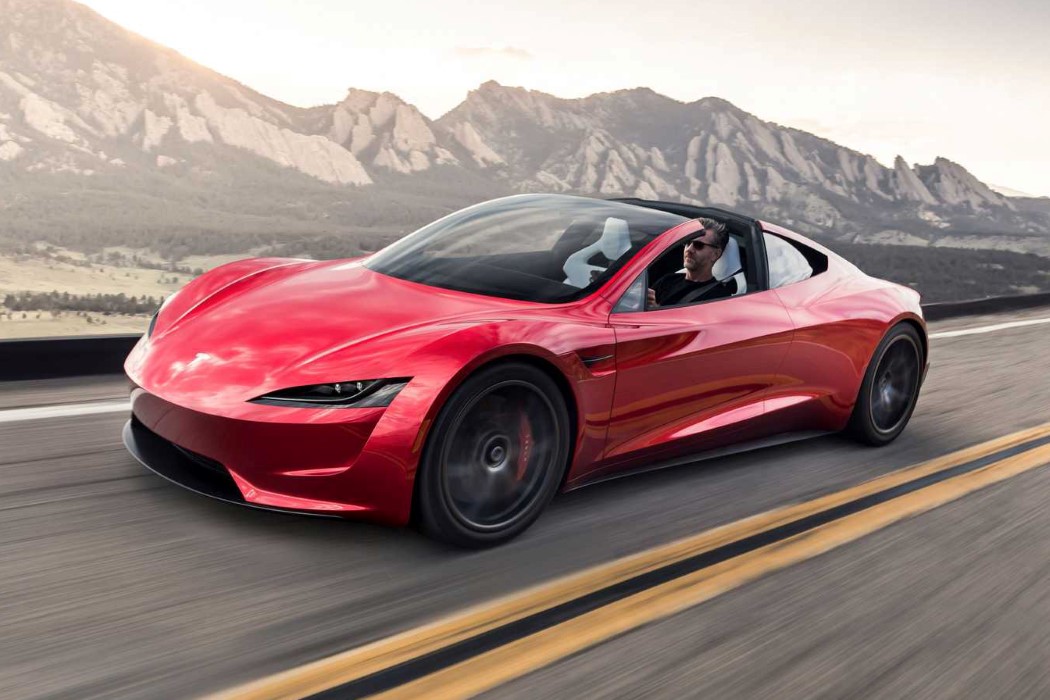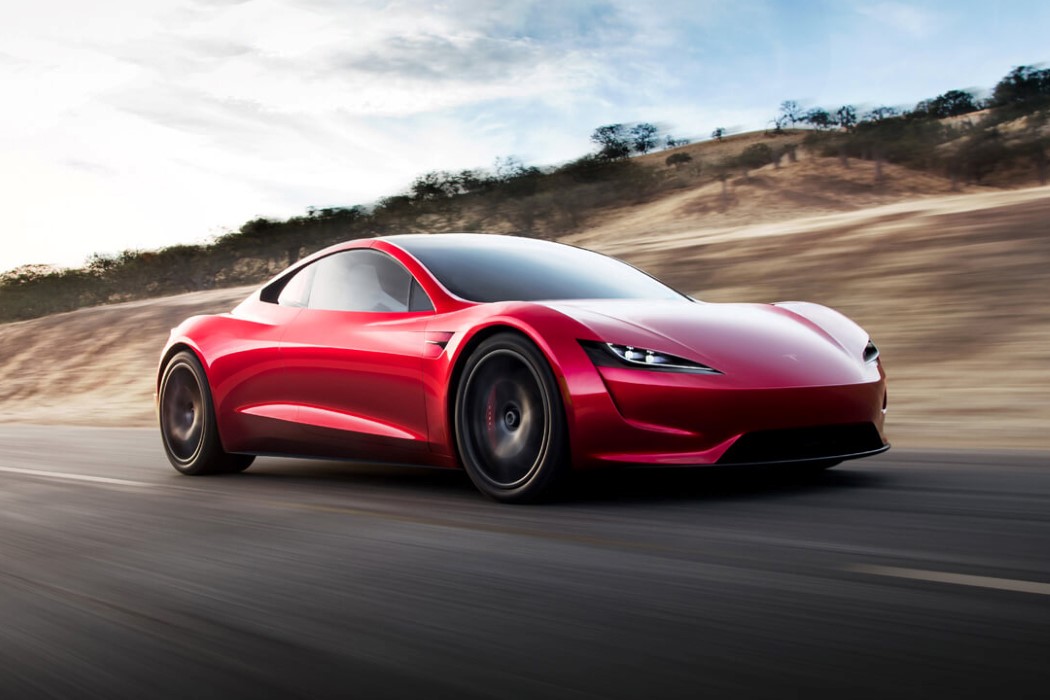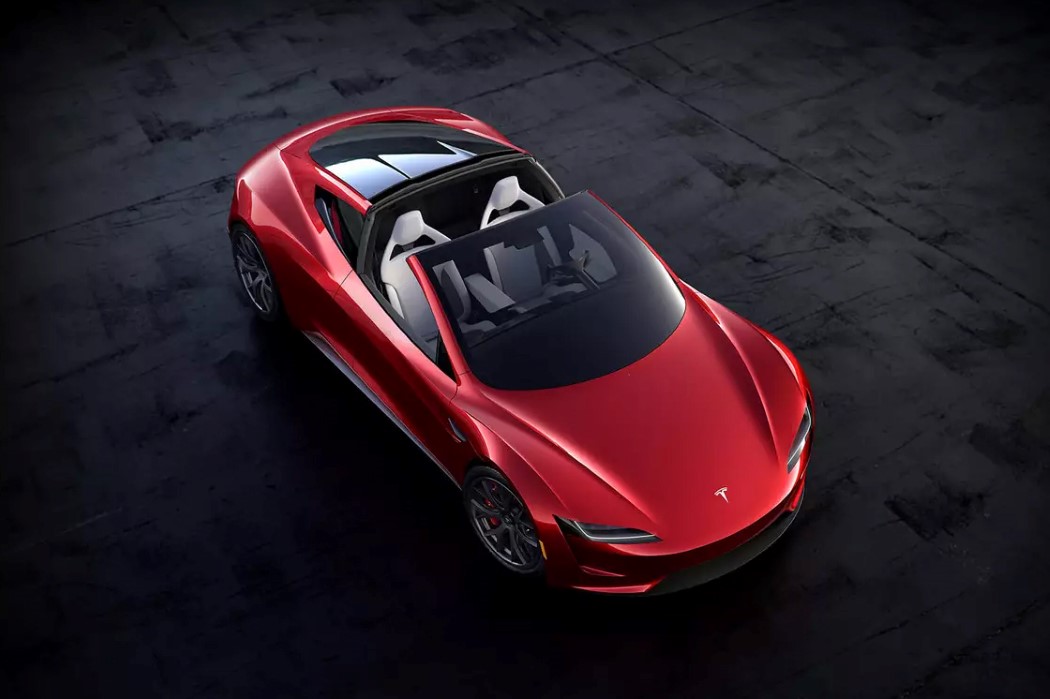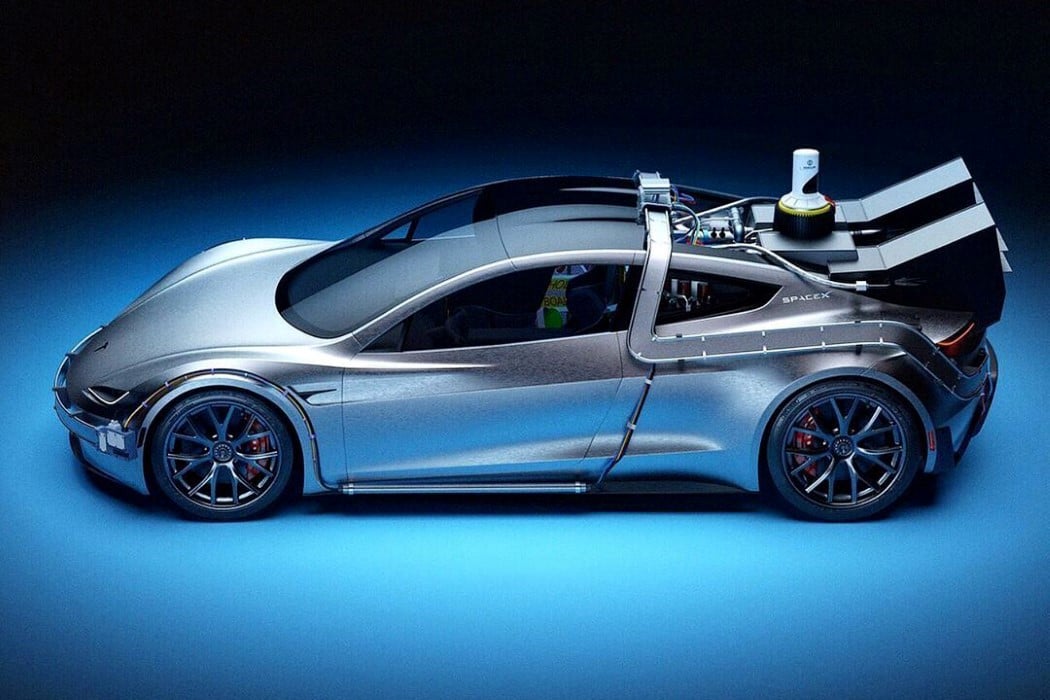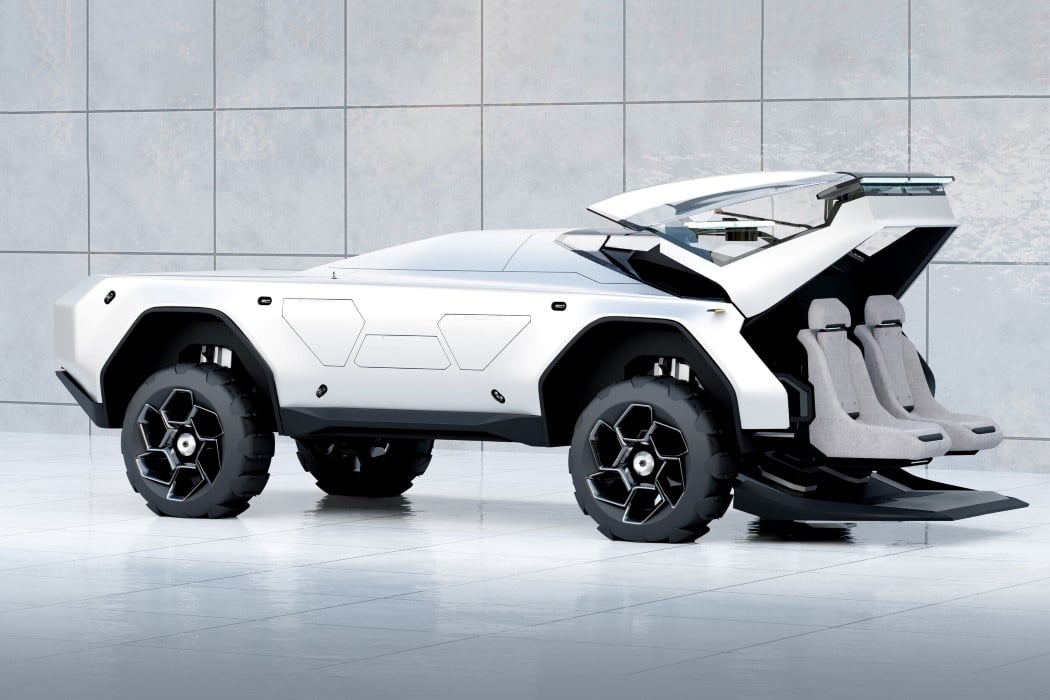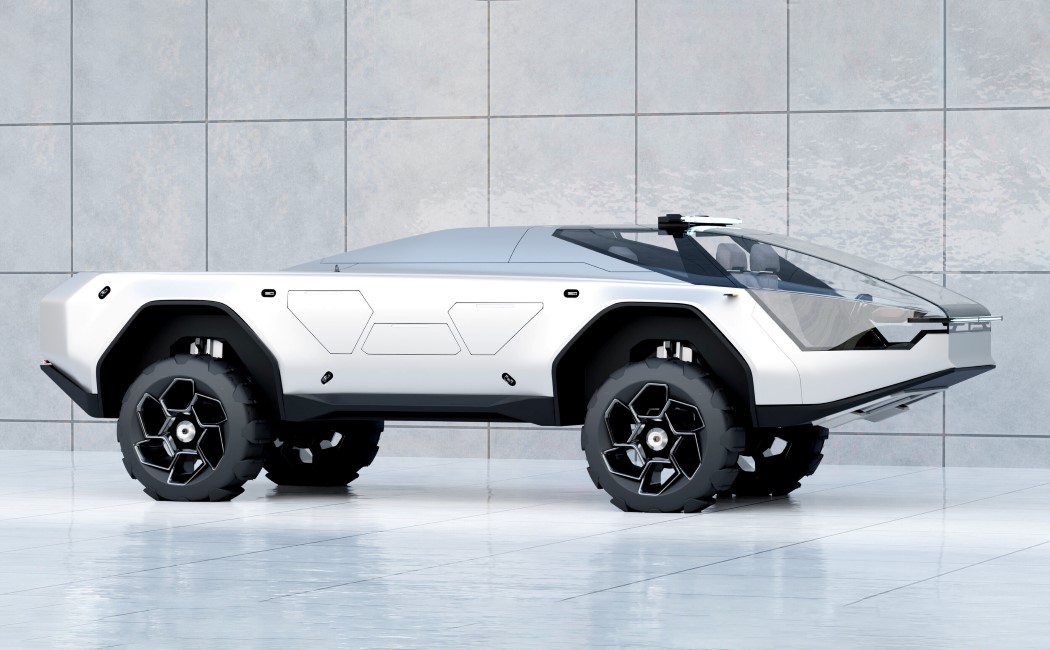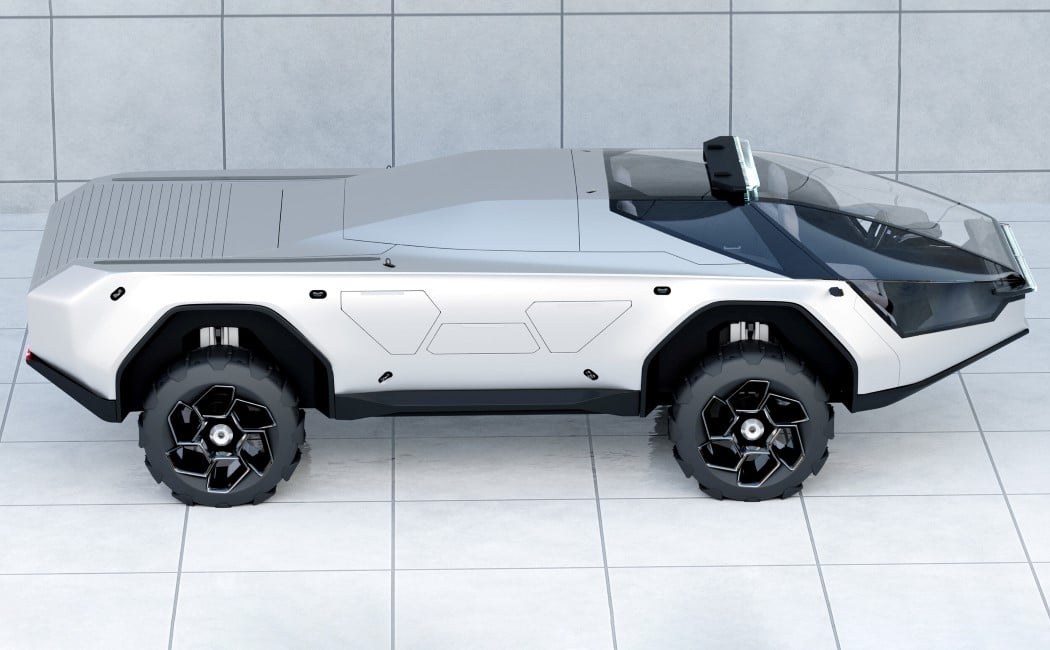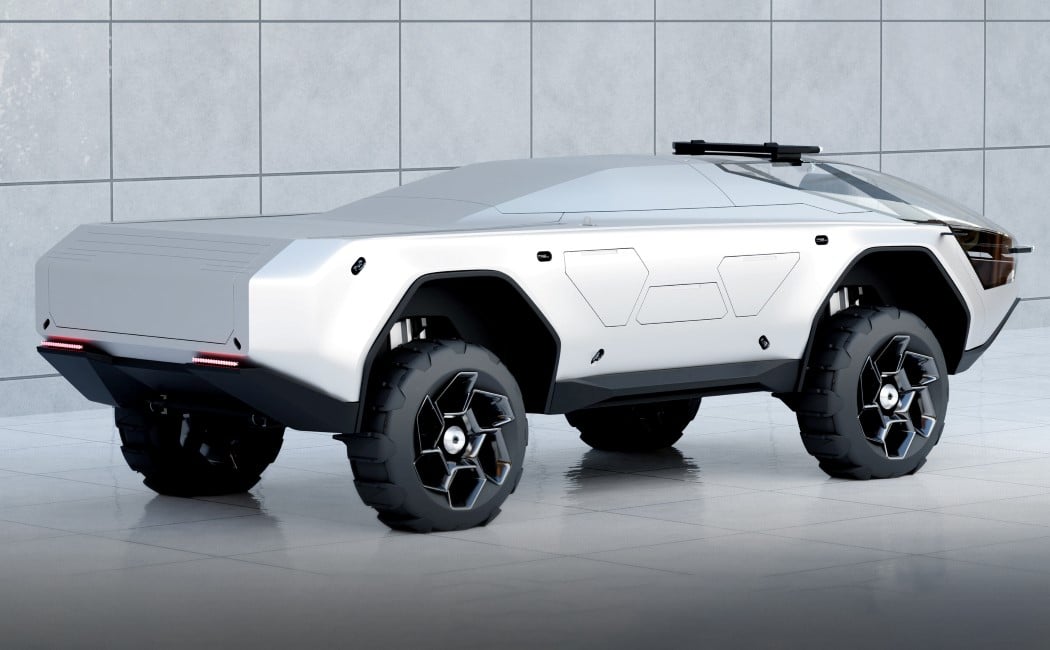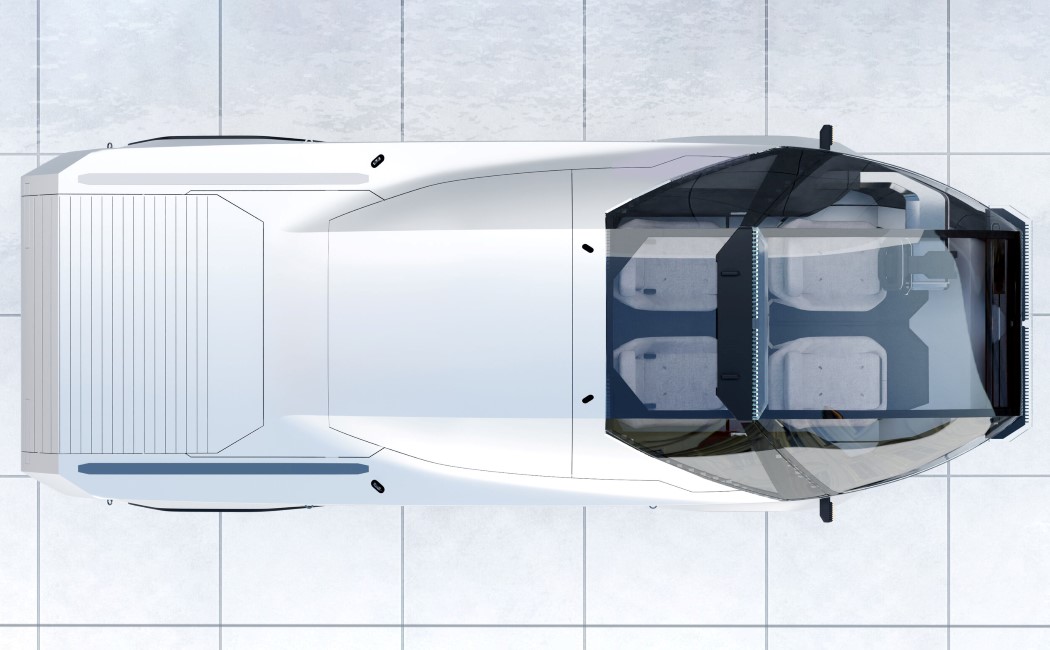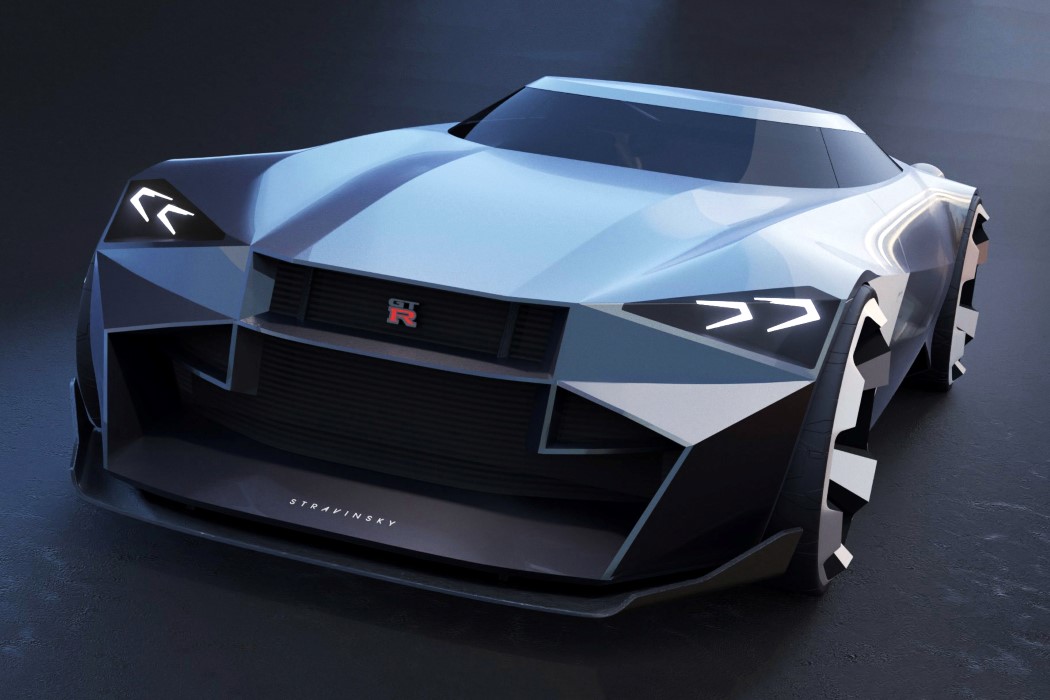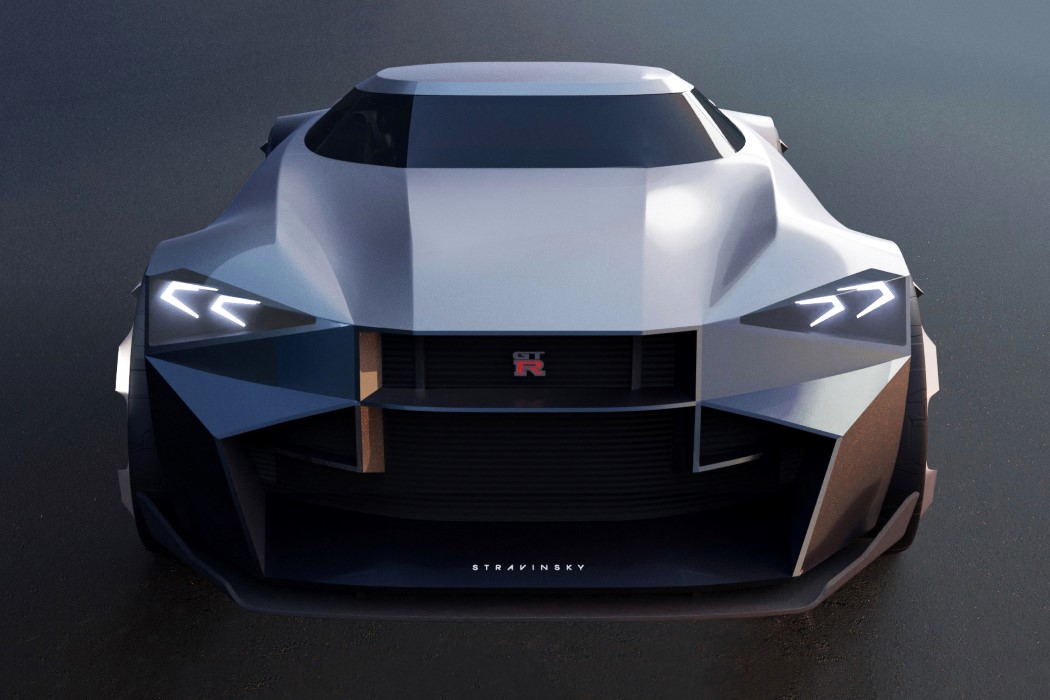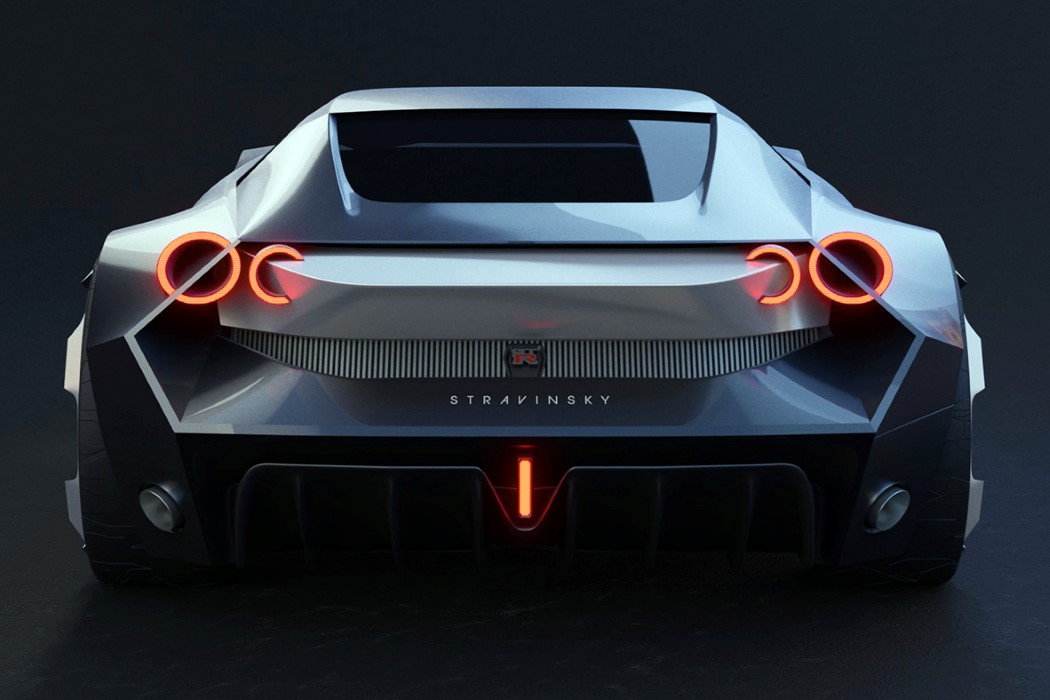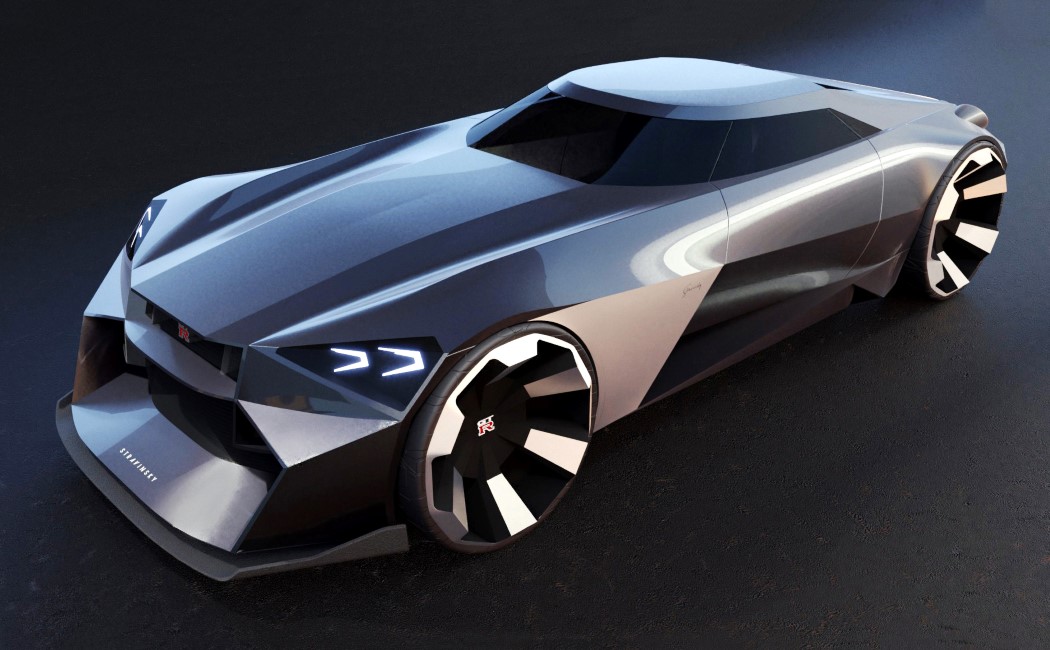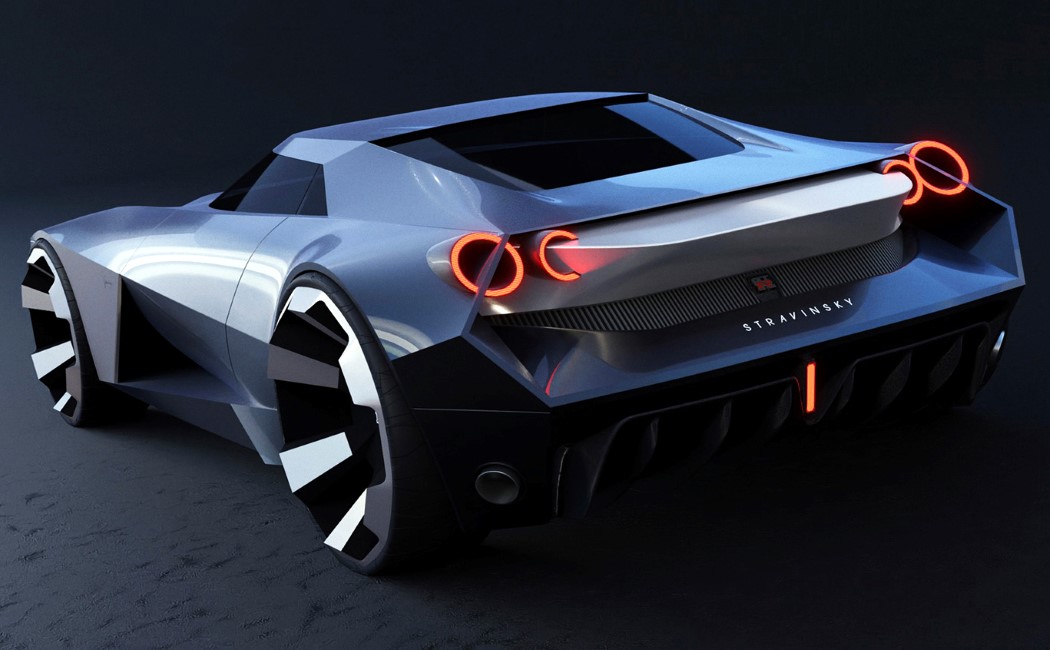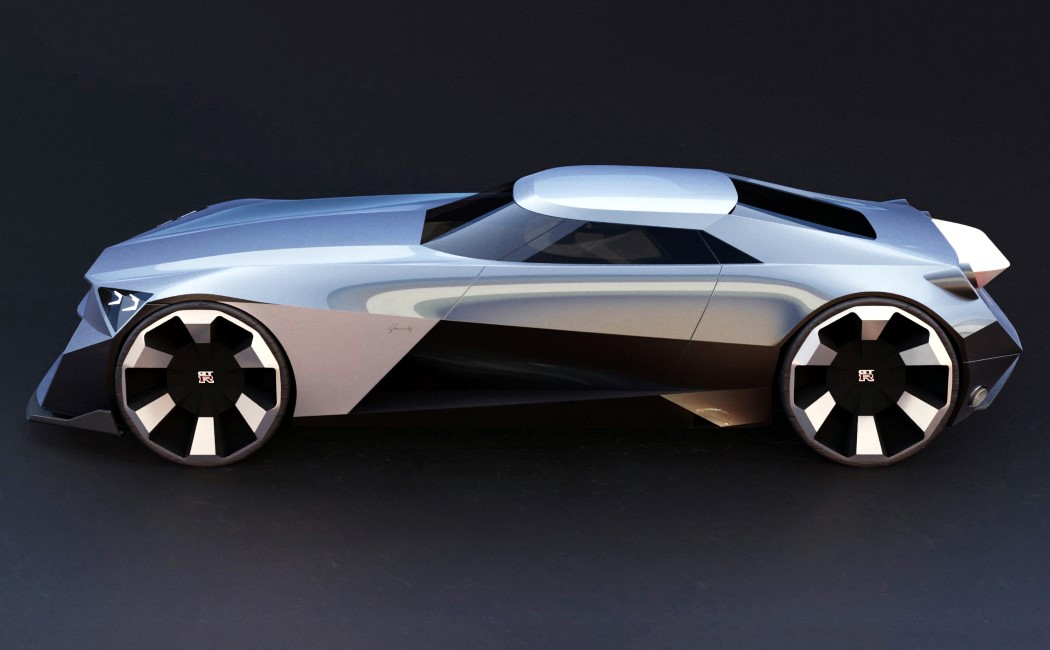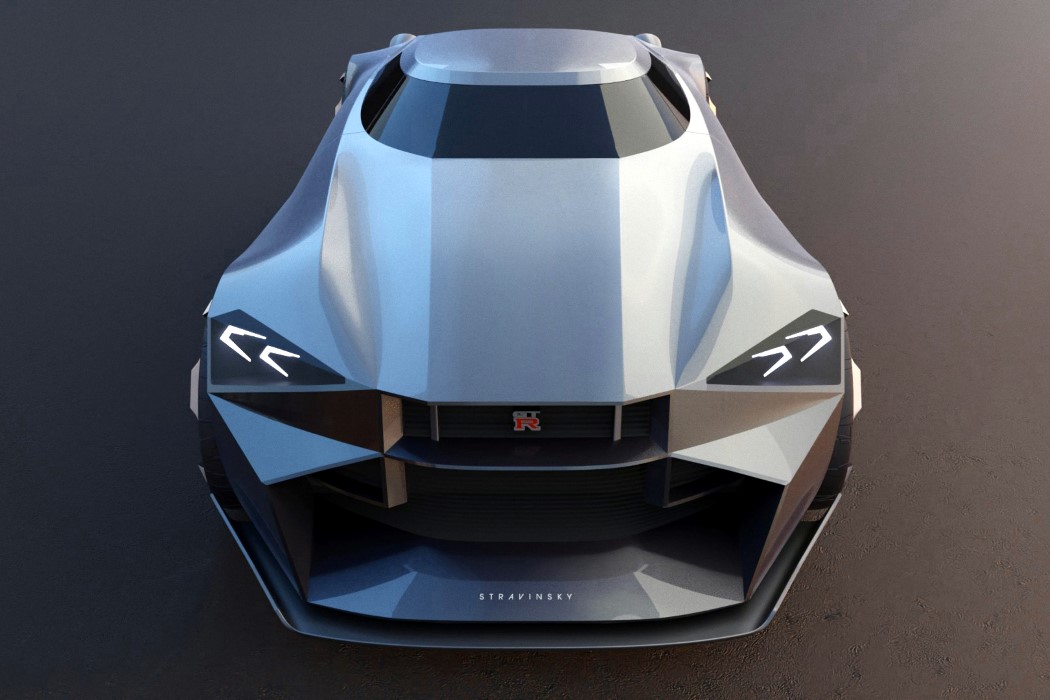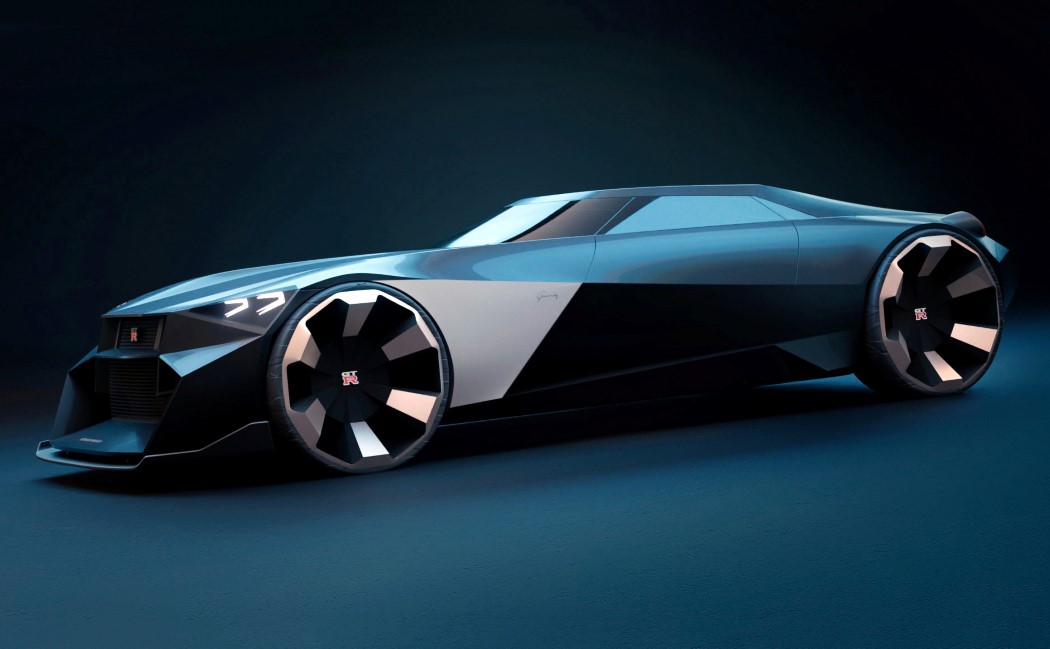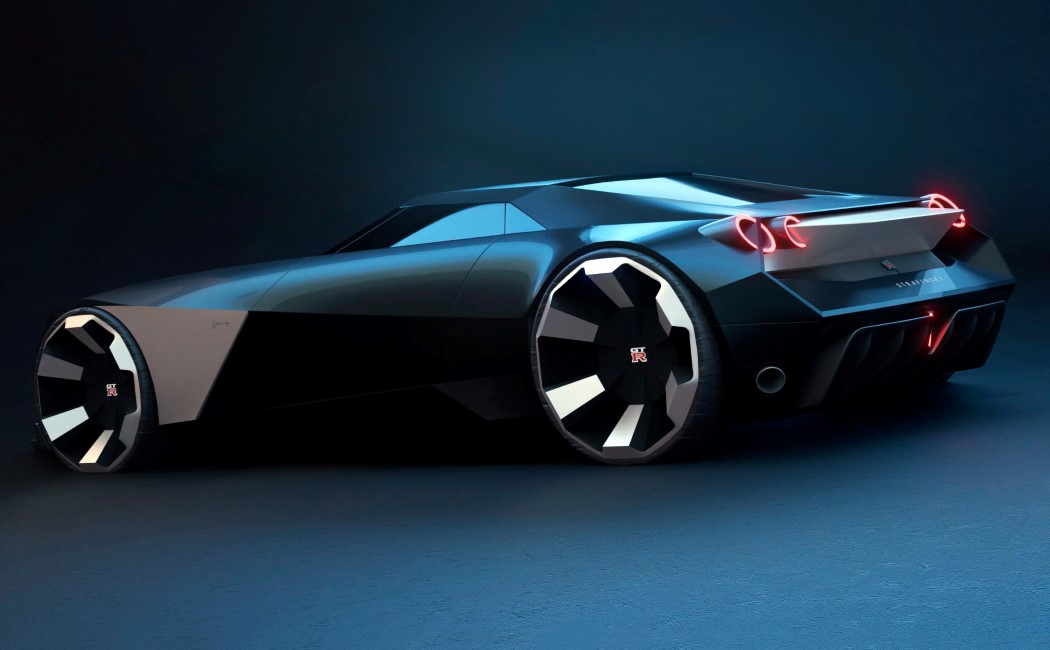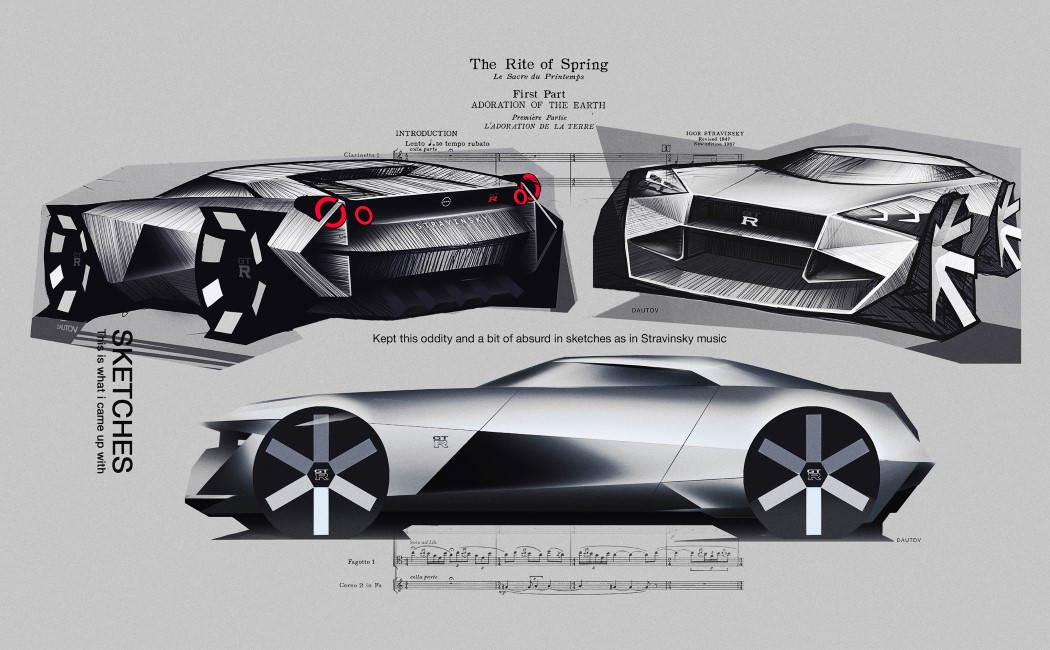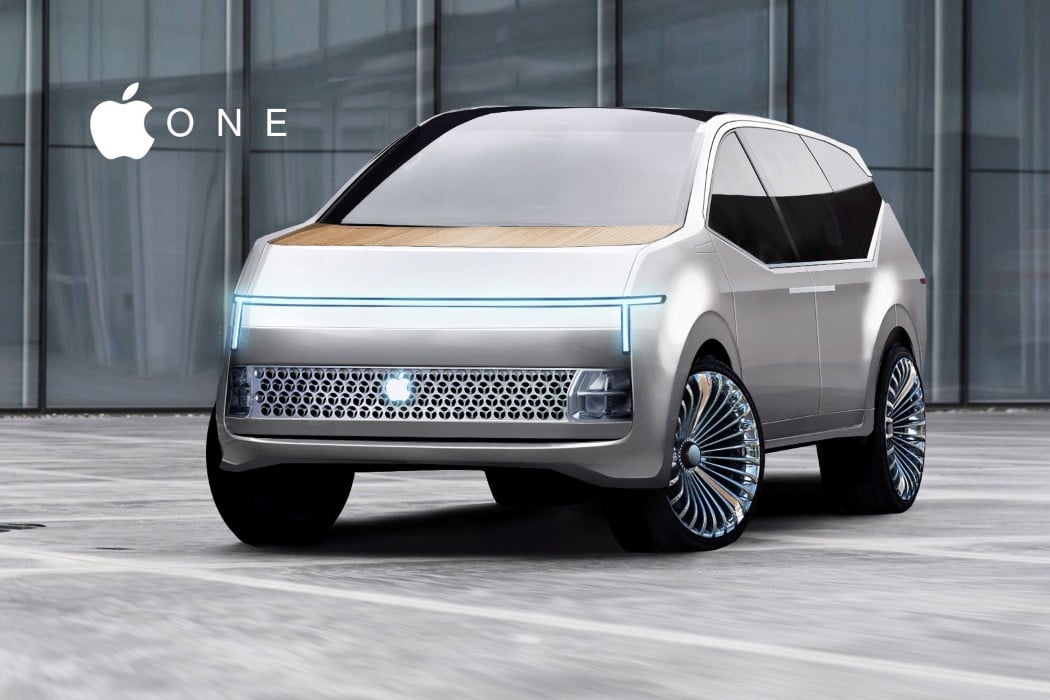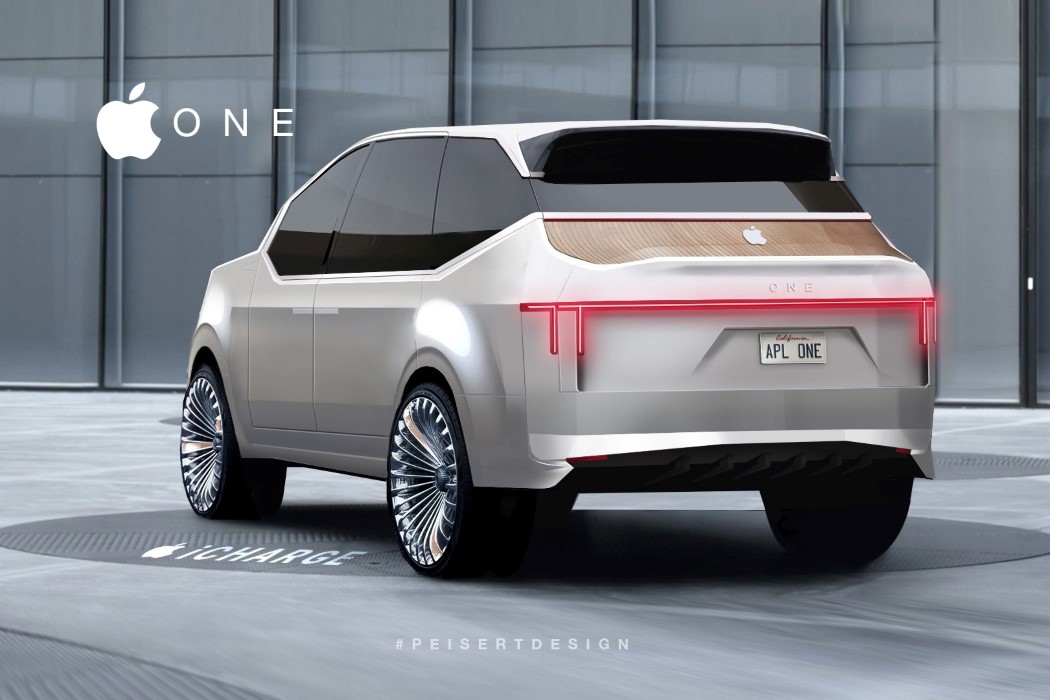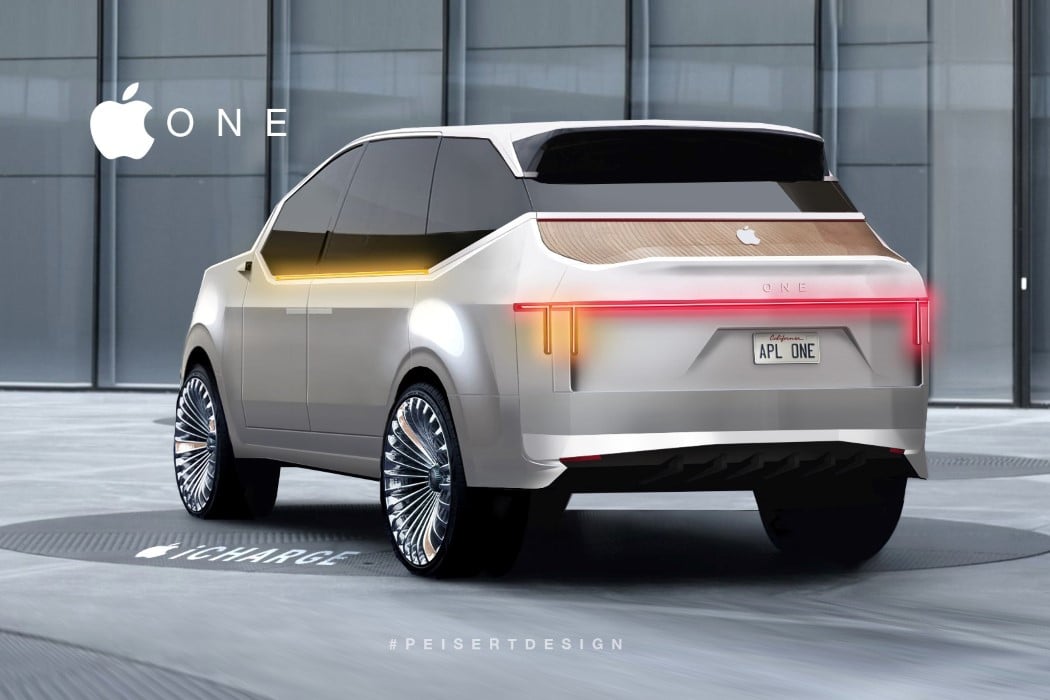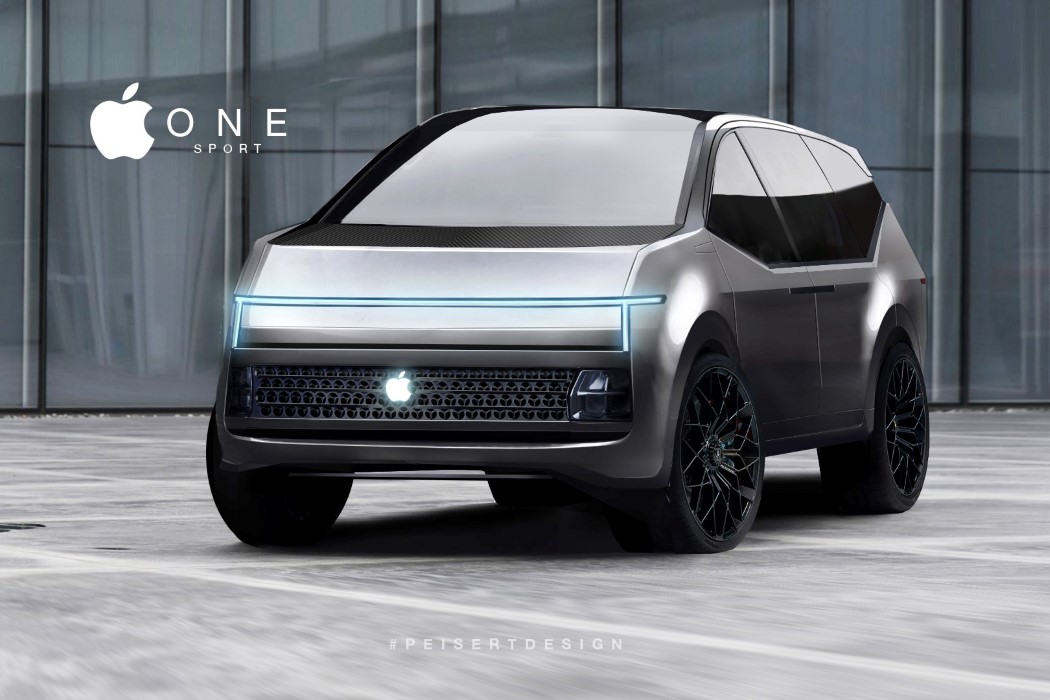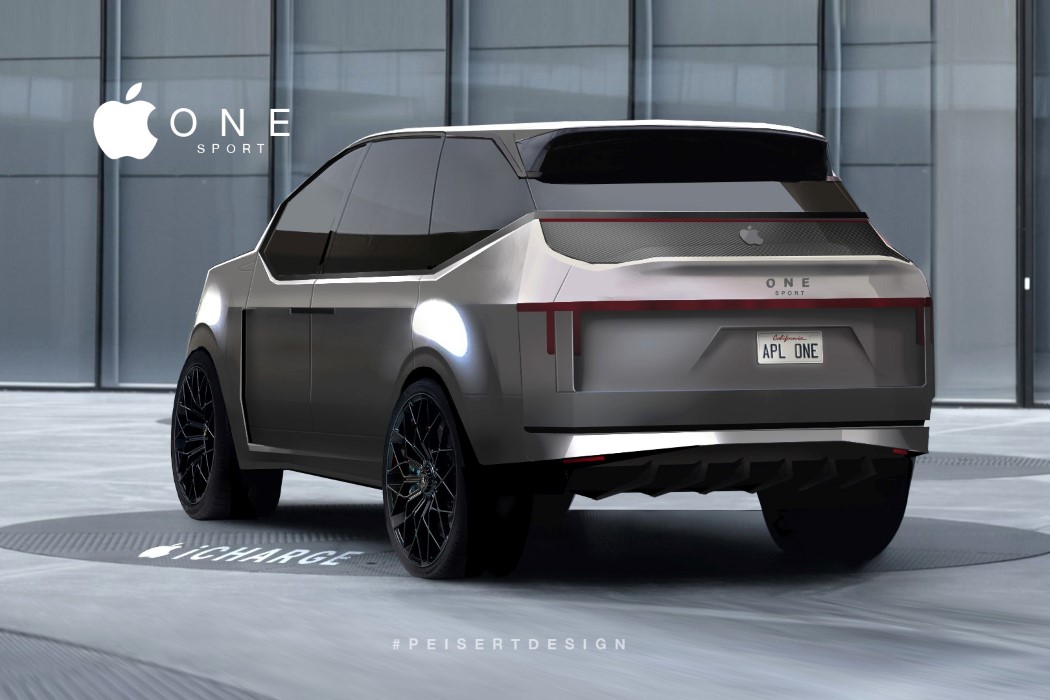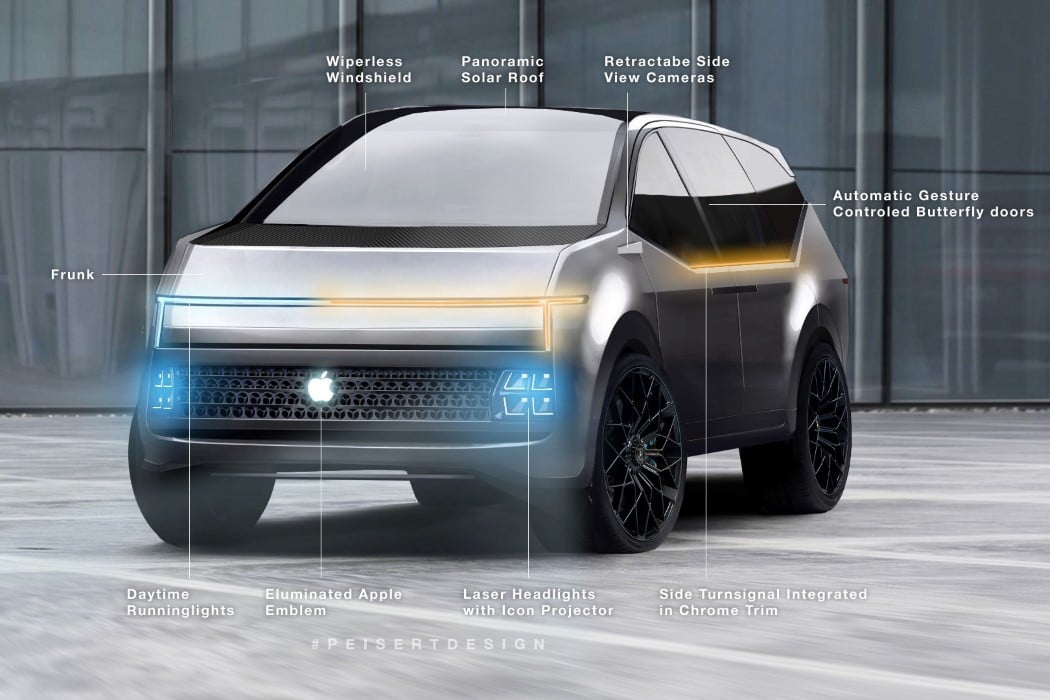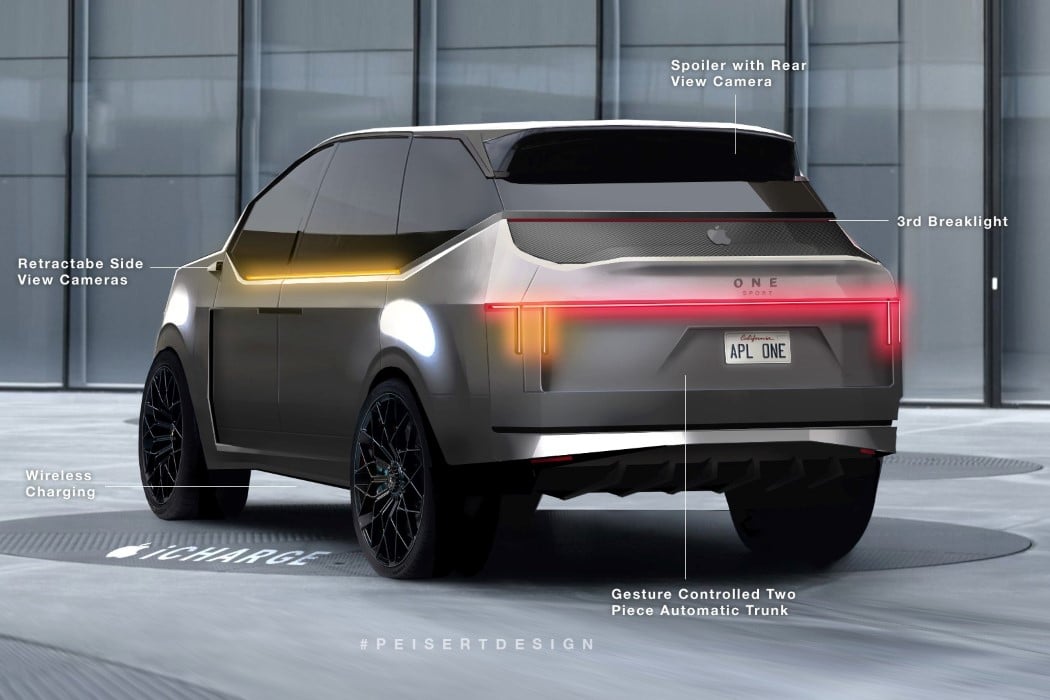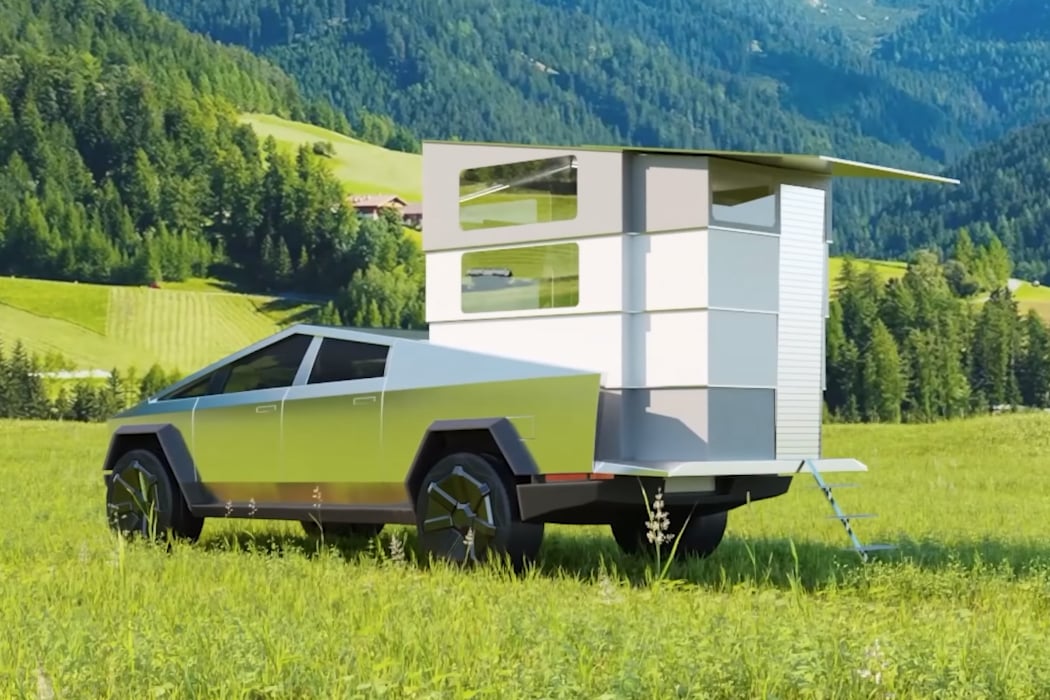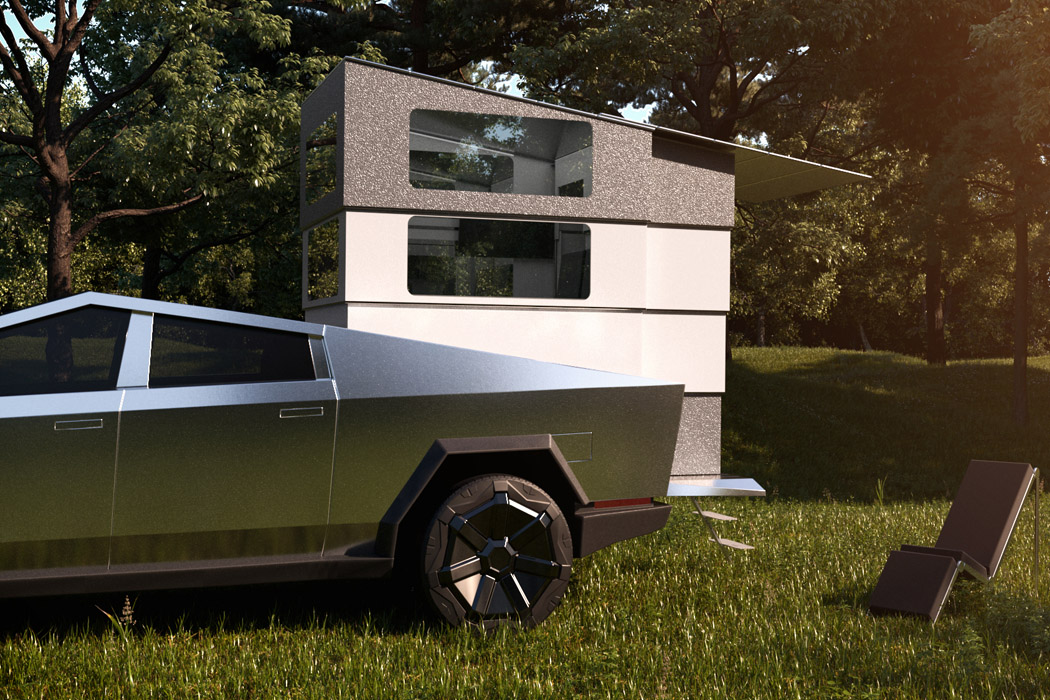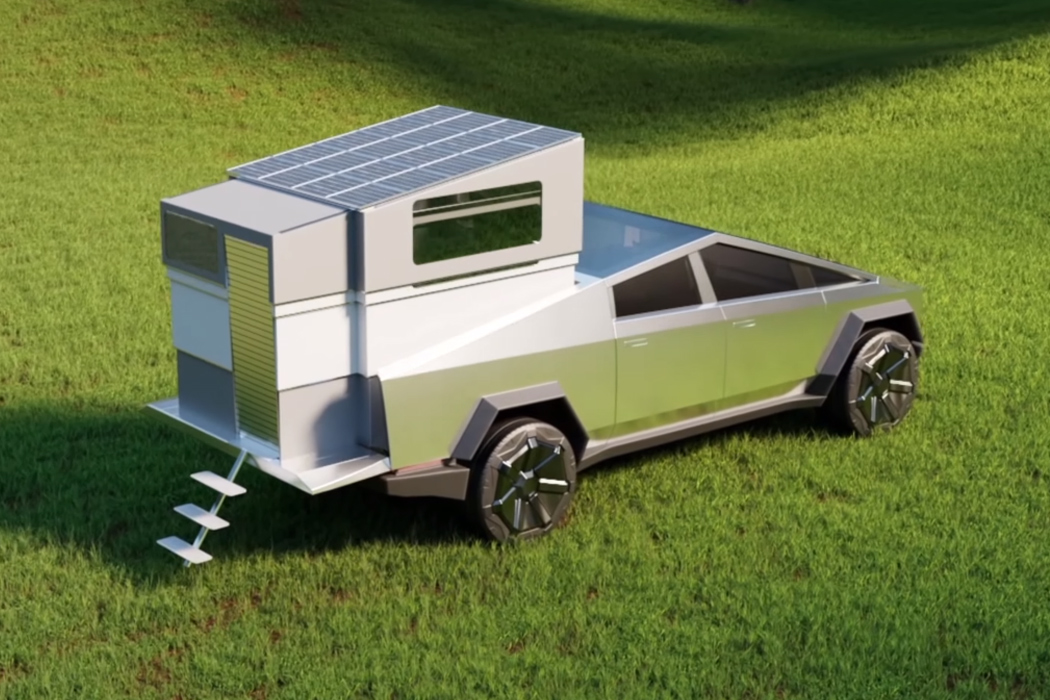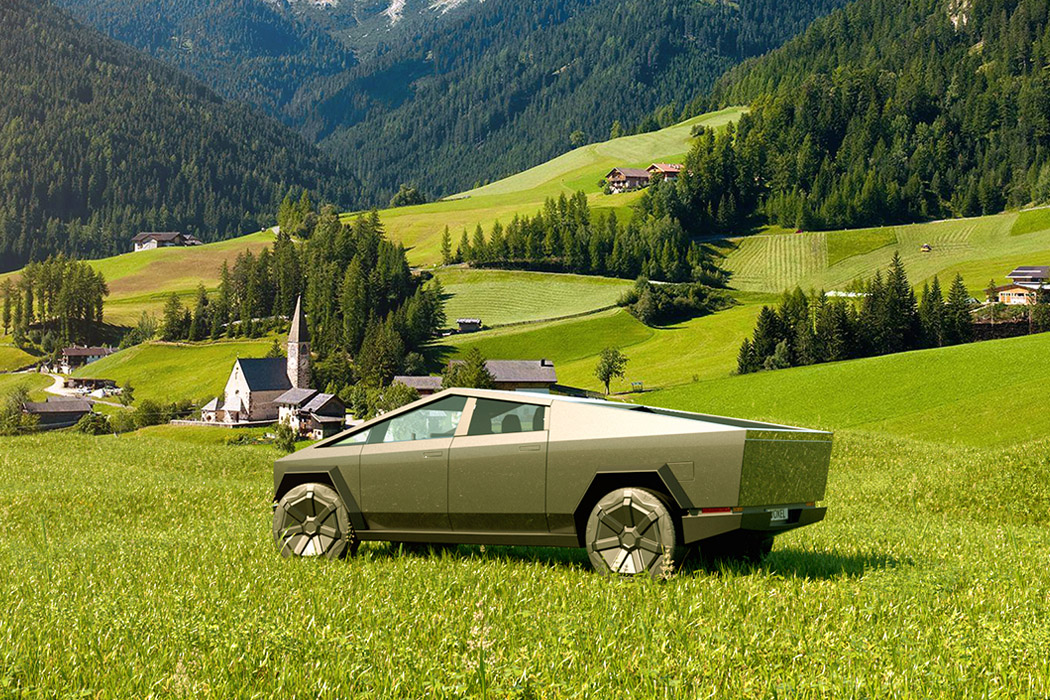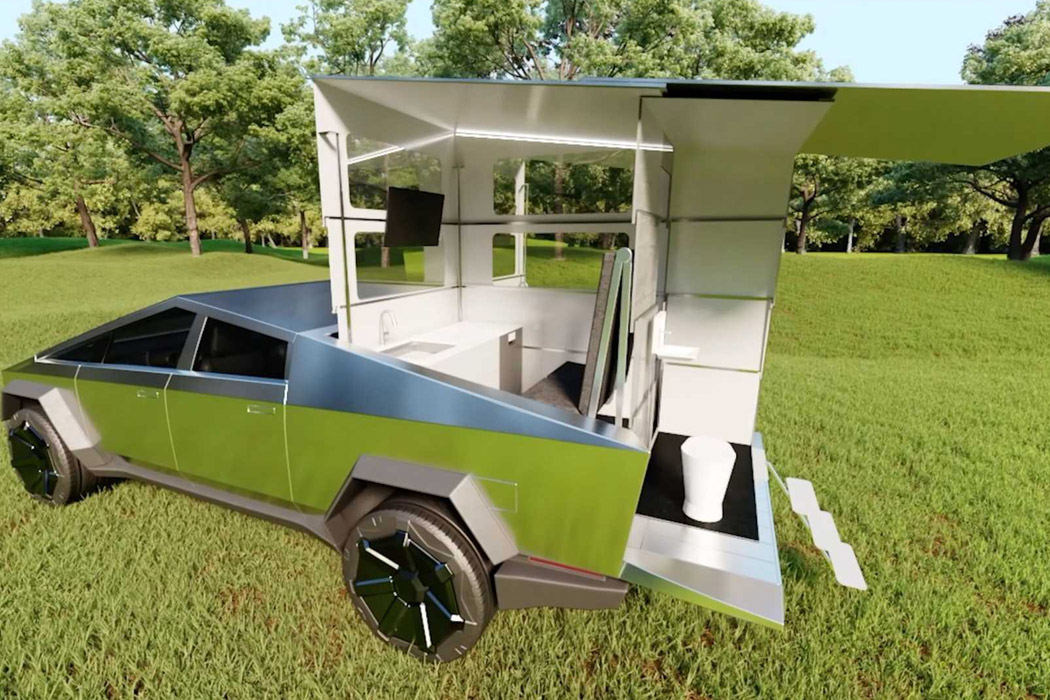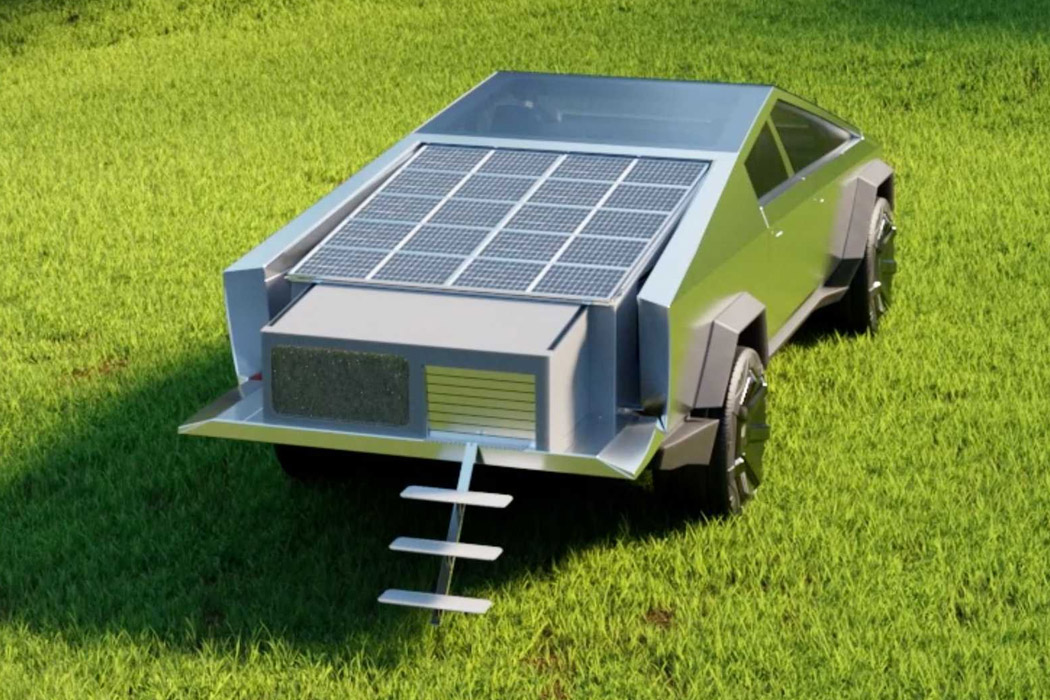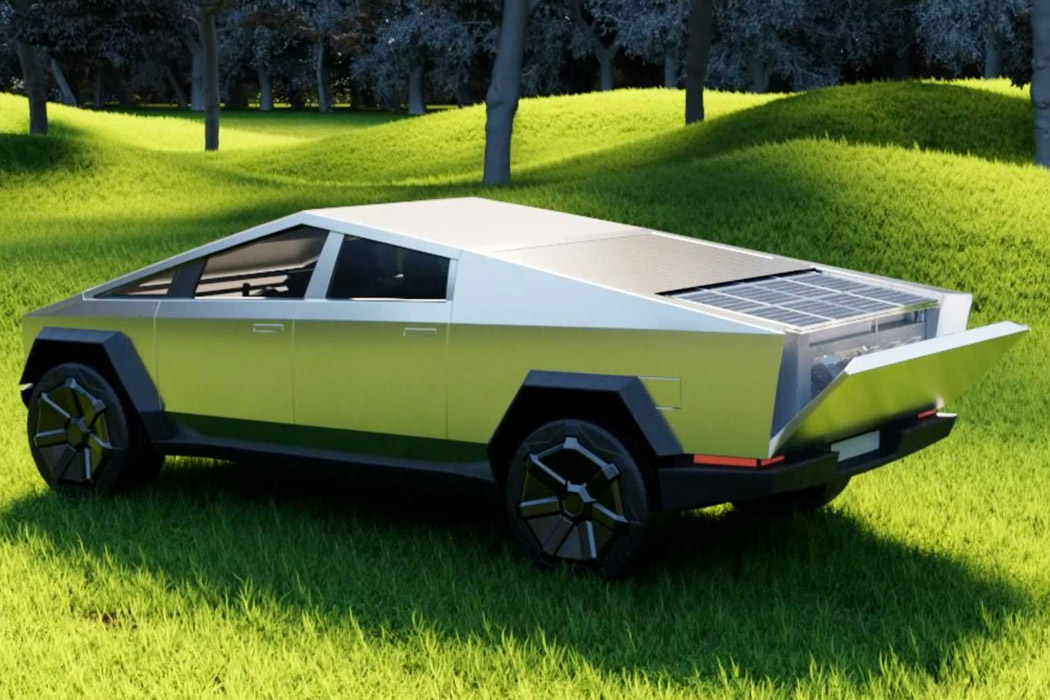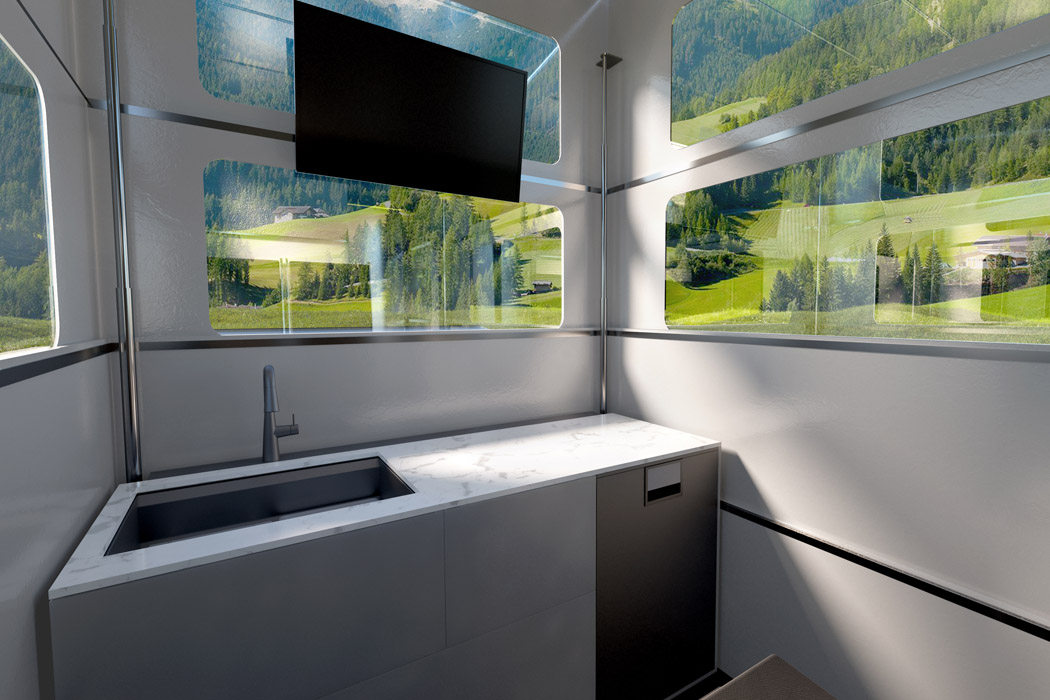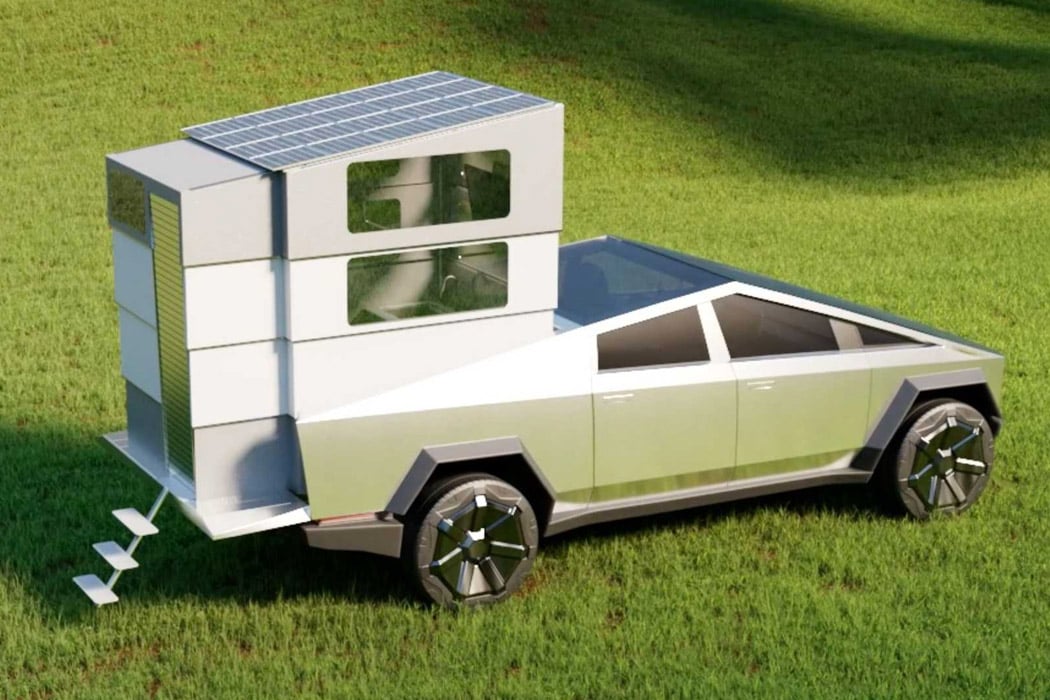Last year’s holiday season was plagued by supply chain issues, while this coming season is looking a little brighter. We’re getting out, seeing friends and family and enjoying all the new hobbies we’ve picked up over the past two years – and that includes your kids, who’ve probably gained a few new interests. If those interests tend toward science and tech (and we don’t just mean video games), we’ve got some great ideas for you, sure to put a smile on the faces of kids of all ages, from the littles to those who are grown in body but still young at heart.
Laugh & Learn Game Controller
New gamer parents probably can’t wait to get a controller in their kid’s hands, though maybe not a $70 DualShock 5 when the child is more likely to stick it in their mouth. Train the little one with this friendly Fisher Price model instead. It won’t control a video game, but it still has everything a baby wants, with bright colors and lights, buttons to push and fun sounds. There’s even a little Easter egg for grownups who plug in the Konami code.
Buy Laugh & Learn game controller at Amazon - $11LeapFrog Chat & Count Emoji Phone
Kids love phones, but parents don’t need to hand them the latest iPhone or Pixel to keep them satisfied. This model from LeapFrog has a small selection of minigames to teach basic counting skills and can be played by children as young as 18 months. It’s a great way to keep babies occupied on long car rides or even a short diaper change, and looks enough like a real phone to keep them from grabbing at your expensive device.
Buy Chat & Count Emoji Phone at Amazon - $16Air Hogs Gravitor
Drones are still a pretty hot toy, but you’re probably feeling less hot about all the drama that comes with giving one to a kid, like hitting their siblings with it, or losing it in a neighbor’s yard. The Air Hogs Gravitor is a different kind of drone, one they can control with a wave of their hand. It’ll keep your kid busy learning tricks with it, and its soft edges mean less potential injuries from rough play.
Buy Air Hogs Gravitor at Amazon - $24Hello Kitty Purse Pet
Teens can be real weirdos sometimes, and things that might creep you out will absolutely fascinate them. That includes Spin Master’s interactive Purse Pets, which are basically little handbags that blink and make noise. At least these new models have some familiar faces on them, namely Japan’s kawaii superstar Hello Kitty and her friend Chococat. Gift one to the anime-loving kid in your life and make yourself just a little bit cooler in their eyes.
Buy Hello Kitty Purse Pet at Amazon - $35Star Wars Lola Interactive Electronic Figure
Ewan McGregor was fantastic in this year’s Obi-Wan Kenobi series on Disney+, but for droid fans the real star of the show was Little Leia’s friend Lola. This diminutive personal sidekick was absolutely charming, making everyone – including adults – want one of their own. Hasbro’s $39 interactive figure isn’t quite as skilled as the one in the show, but it’s still cute as a button and adorable to boot. (If you’re looking for something more fully featured, Hasbro also sells a $90 version.)
Buy Lola Droid Toy at Amazon - $39VTech Level Up Gaming Chair
Kids love to imitate adults, and now you get to find out if that includes your gaming habits as well by giving them their own chair! It’s sculpted to look like a custom gaming throne, but with a sturdy base instead of wheels so they don’t tip over while they’re pretending to blast n00bs. There’s a mini keyboard and headset so they can look like a real Twitch streamer, and the little tray means they can also scarf down snacks while enjoying some real play videos or the latest episode of Bluey.
Buy gaming chair at Amazon - $45Barbie Eco-Leadership Team
Barbie’s had a ton of jobs over the years, but perhaps none as important as saving the Earth. But instead of just doing it by herself she’s going to need a whole team, and this package includes the whole environmental crew: a conservation scientist, a renewable energy engineer, a chief sustainability officer and an environmental advocate. Your child can act out the pressing issue of our time with this set and maybe even teach you a thing or two about caring for our planet.
Buy Barbie Eco-Leadership Team at Amazon - $55Yoto Mini
When we were kids we had toys like the Fisher Price record player; children today are going to need something a little more high tech. A Yoto player is a speaker that can play kid-appropriate audiobooks, songs and other great content, like a free podcast full of fun trivia and games that airs a new episode every day. The Yoto Mini is a smaller version that you can take on planes, trains and cars to keep the kids entertained without resorting to a screen.
Buy Yoto Mini at Amazon - $70BRIO Smart Tech Sound Record & Play Engine
This isn’t the BRIO you remember from your own youth; it’s actually an upgrade. The Record & Play Engine is a battery-operated train that can run on the wooden tracks you may already have, but adds a fun twist by playing sounds your child can record themselves. There’s also a free app with even more play options, and the engine is compatible with other BRIO Smart Tech so you can expand your child’s railway collection.
Buy BRIO Record & Play Engine at Amazon - $65LEGO NASA Apollo Saturn V
Maybe you loved model rockets as a kid, but you’re not entirely on board with getting your own children into them because of the mess. That’s what makes this LEGO kit so brilliant: it looks realistic but requires absolutely no glue to assemble. Just snap it together like any other LEGO kit. This is a fun activity for parent and child to do as a team, or maybe just a way for grownup fans to keep busy during the chilly winter months.
Buy LEGO NASA Apollo Saturn V at Amazon - $120Tonies Playtime Puppy Starter Set
The Yoto Player is fantastic, but smaller children might find the content cards hard to insert into the top slot. Instead, get them a Toniebox. Tonies are small RFID-enabled figurines that are easy for little hands to place on top of the speaker, and the controls are simple enough for toddlers to master. The cushioned exterior also means it takes being dropped or thrown like a champ.
Buy Tonies starter set at Amazon - $130LEGO Motorized Lighthouse
This LEGO set is truly the kind of thing that sparks the imagination, with a small cottage for the lighthouse keeper to enjoy a warm cup of tea, a winding staircase up to the light room, and even a hidden cache of treasure in its base. But for science nerds the best part has to be the working fresnel lens at the very top of the lighthouse, just like the real thing but smaller — it can rotate thanks to the motor (which you’ll also put together). It’s a great centerpiece for your home, even if you don’t have any ships to guide across the sea of your living room.
Buy Motorized Lighthouse at LEGO - $300